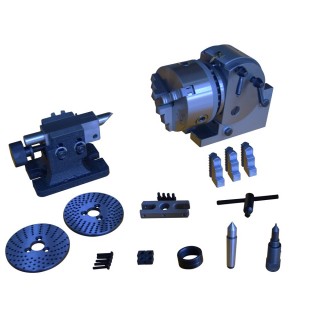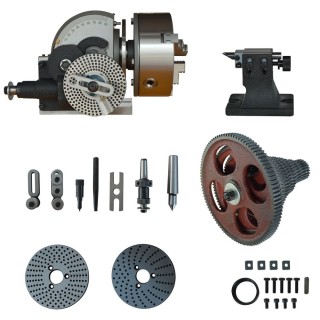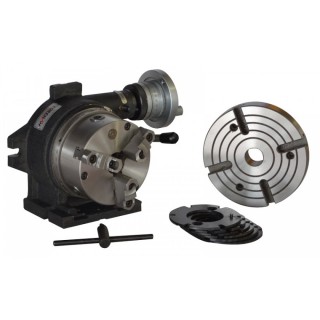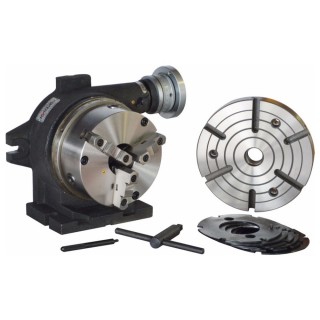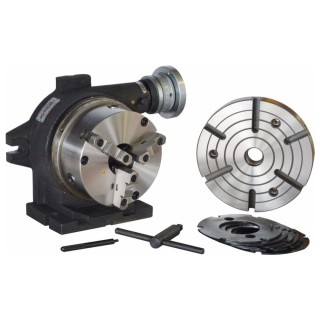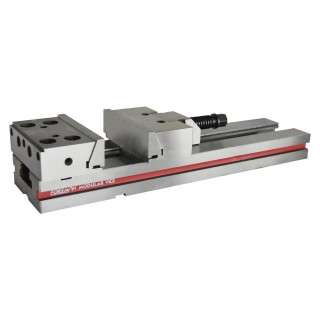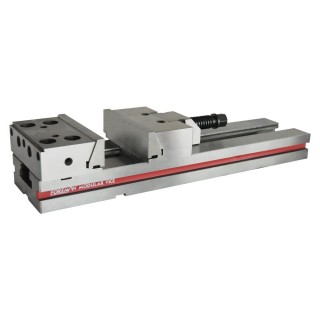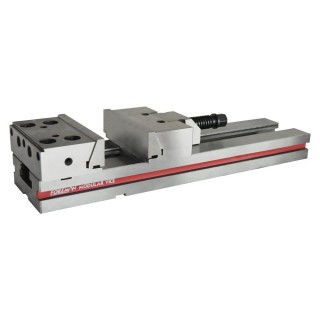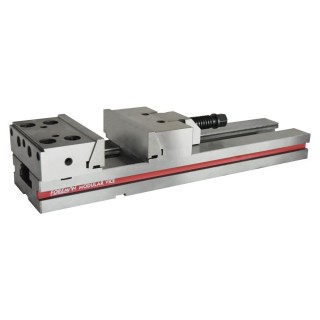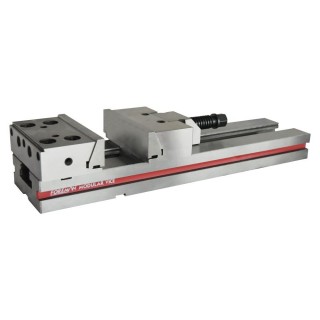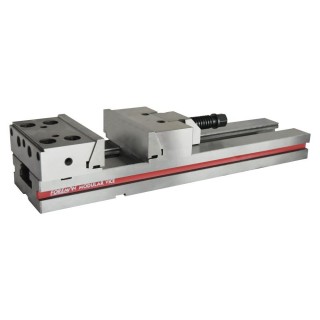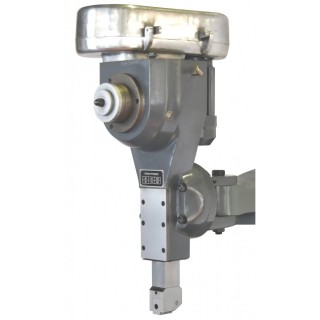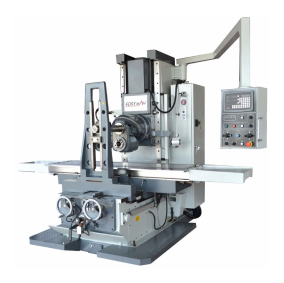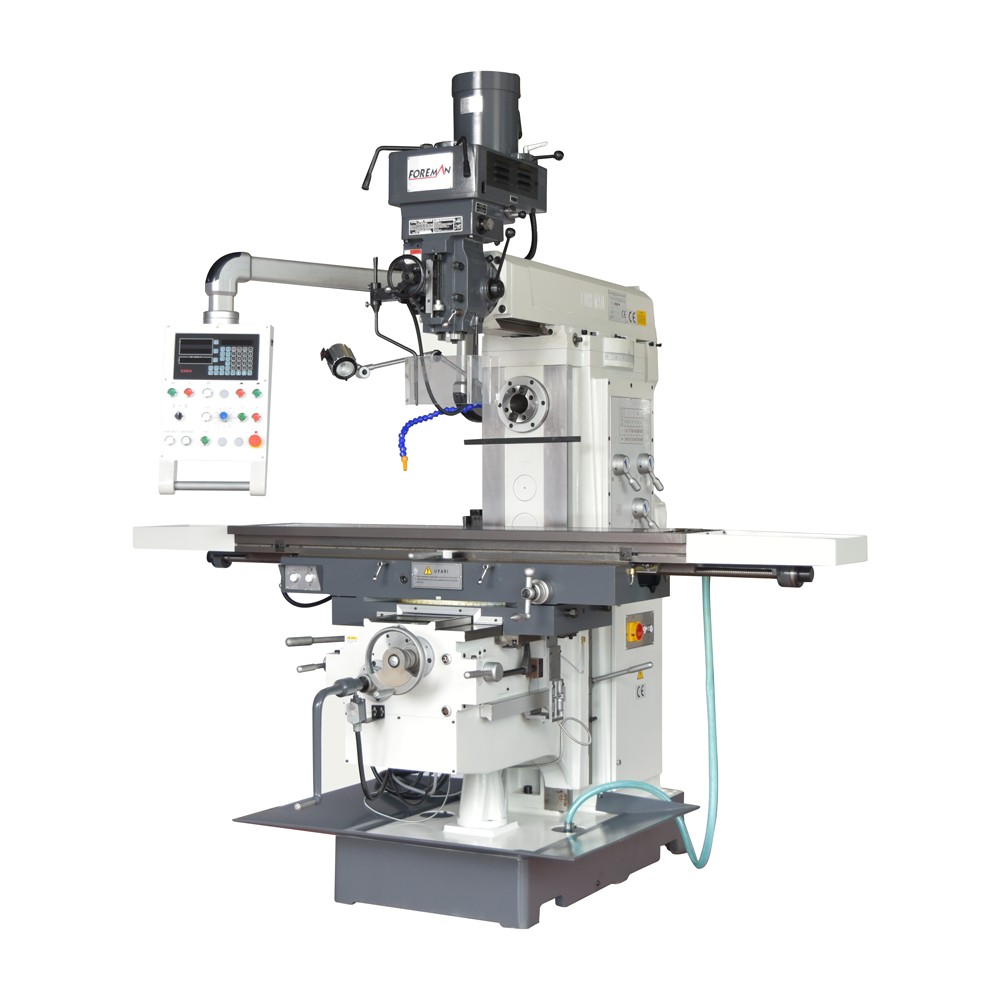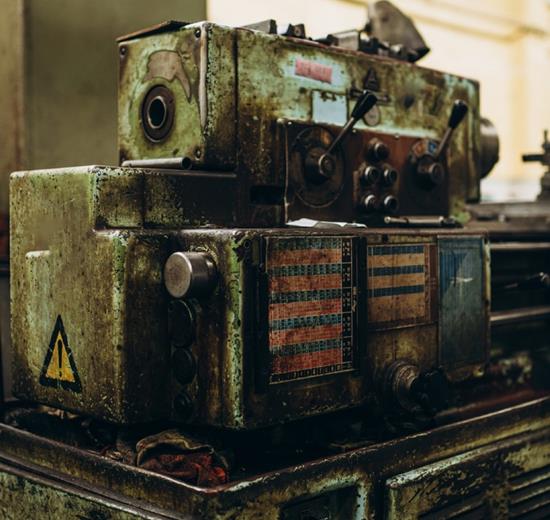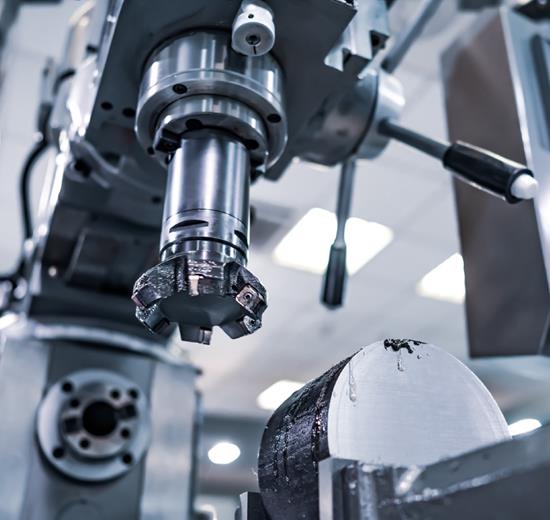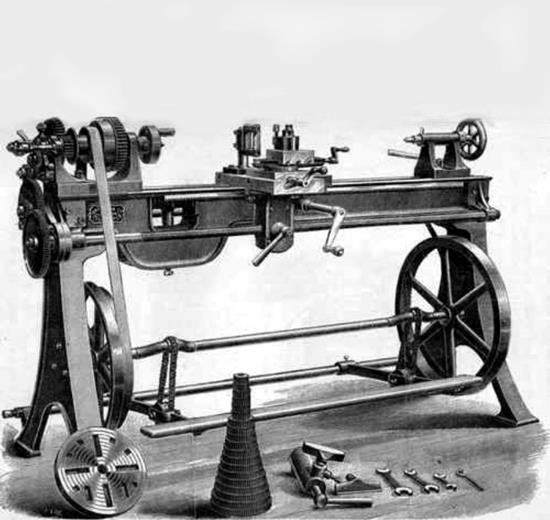Belt Driven Vertical and Gearbox Driven Horizontal Spindle
X, Y, Z Axis Movements 1300x320x420 mm
3 Axis Automatic Feeding (Servo Transmission)
Vertical Spindle ISO 40 and Horizontal Spindle ISO50
5.5 kW (Vertical), 5.5 kW (Horizontal) Motor Power
Two Angle Swivel (5 Axis) Ram Head
X, Y, Z Axis Travels 1300x320x480 mm
3 Axis Automatic Feeding (Servo Transmission)
Vertical and Horizontal Spindle ISO50
5.5 Kw (Vertical) 4 kW (Horizontal) Motor Power
Spindle Movement with Inventor
X-Y-Z Axis Movements 1200x400x500 mm
3 Axis Automatic Feeding (Servo Transmission)
Vertical Spindle ISO50
7.5 kW Engine Power
High Torque Gearbox Head
X, Y, Z Axis Movements 1500x620x550 mm
3 Axis Automatic Feeding (Servo Transmission)
Vertical Spindle ISO50
6.5 kW Engine Power
SIK SORULAN SORULAR
Milling machine is a type of processing machine used for processing materials such as metal, wood, plastic. Milling machines, which are generally used in industrial production and workshop environments, are used in processes such as shaping, drilling, surface treatment of materials.
Foreman milling machines are divided into categories as desktop milling machine, vertical milling machine, moulder milling machine and universal milling machine. There are also different types of gearbox, belt, ram head and dobby models in milling operations.
Milling machine power and motor capacity should be determined depending on factors such as the type of material to be processed, processing depth, processing speed, precision, cutting tool and application diversity, working environment, frequency of use, budget and productivity.
The spindle speed and torque of the milling machine are critical to the performance and machining capabilities of the machine. Spindle speed and torque must be adjusted according to the type of material to be machined, the size of the cutting tool and the machining depth. Gearbox milling cutters provide high torque, while belt milling cutters provide high spindle speed.
The table size and mobility of the milling machine should be determined according to the size and complexity of the parts to be machined. Milling machines are given numbers such as number 3, number 4 in colloquial language. But the point to be considered is the table size and X, Y, Z maximum movements.
Whether to choose a manual milling cutter or a CNC milling cutter depends on your intended use, your machining needs, your budget and your operating capacity. Both types have their advantages and disadvantages and it is important to consider the following factors to determine which type is more suitable for you:
Manual Milling Machines:
1. Low Cost: Generally lower cost than CNC machines.
2. Simple Operation: Manual control means operators can learn and master quickly.
3. Flexibility: More suitable for use in small workshops or hobby use. Provides flexibility in single part operations and special projects.
4. Precision: Manual control can limit precision in some cases, depending on the experience and skill of the operator.
5. Production Speed: Generally have lower production speeds than CNC machines because machining processes can be more manual and slower.
CNC Milling Machines:
1. High Precision: Because it is computer controlled, it provides high precision and repeatability.
2. Complex Machining Capability: It is much more effective in the production of complex parts. Thanks to programmable machining, it can perform different machining operations automatically.
3. High Productivity: Automated machining and process control increases production speed and optimises labour productivity.
4. Work Safety: CNC machines are generally safer in terms of work safety because operators do not need to work directly on the machine.
5. Remote Monitoring and Settings: It provides operational flexibility thanks to features such as remote monitoring and operation control.
CNC milling machines are generally ideal for industrial production and applications requiring high precision, but their cost and operation complexity are higher. Manual milling machines, on the other hand, may be suitable for smaller and medium-sized operations and special projects.
Milling inserts; carbide, HSS and APKT (insert) are named in 3 main classes and are classified according to the work to be done. Milling accessories; digital reader, dobbies, vice, diviser, collet set, clamping set, morse set, spindle protection and lighting lamp.
Regular maintenance and timely service of the milling machine maintains the performance of your machine and ensures a long service life.
Daily Maintenance:
It is important to clean and lubricate the milling machine after each use. Removing stuck chips and dust ensures a long machine life. Regular lubrication of the spindle and moving parts is necessary.
Weekly Maintenance:
The condition of electrical connections and cutting tools should be checked regularly. Loose or damaged connections should be corrected and worn cutting tools should be replaced.
Monthly Maintenance:
A general check of the milling machine should be carried out. The condition of all mechanical and electrical parts should be reviewed and adjustments should be made when necessary. If there are hydraulic and pneumatic systems, they should be maintained.
Annual Maintenance and Service:
Detailed inspection and maintenance should be carried out annually by professional service. Calibration and, if necessary, replacement of sensitive parts should be carried out by experts. Spare parts status should be reviewed and stocks should be renewed if necessary.
Work Safety:
Regular training must be provided and occupational safety precautions must be implemented to ensure that operators can use the milling machine safely. It must be ensured that operators use the milling machine in accordance with work safety procedures.
We provide the fastest service to our customers with our rich spare parts stock and professional service network in milling machine models. Original spare parts are supplied by Foreman instead of third party sellers. You can contact us when you encounter any problems with milling machines.
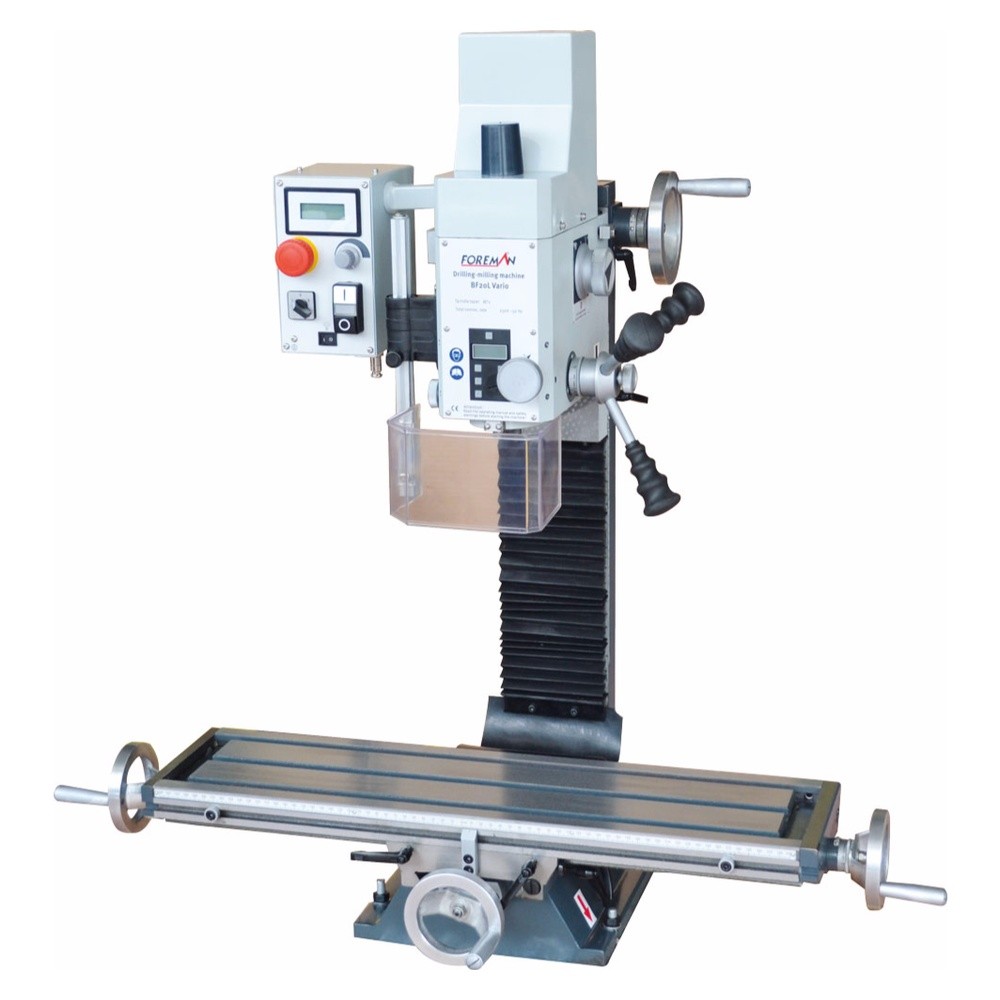
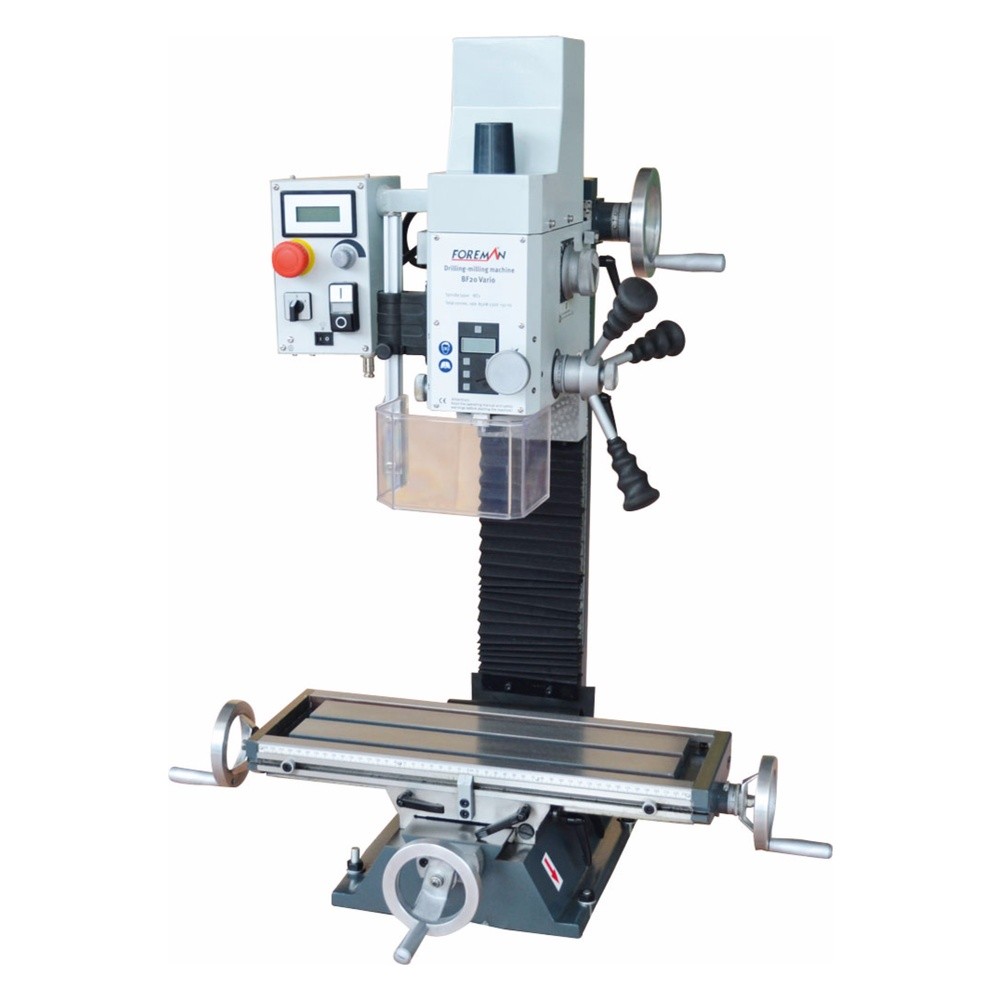
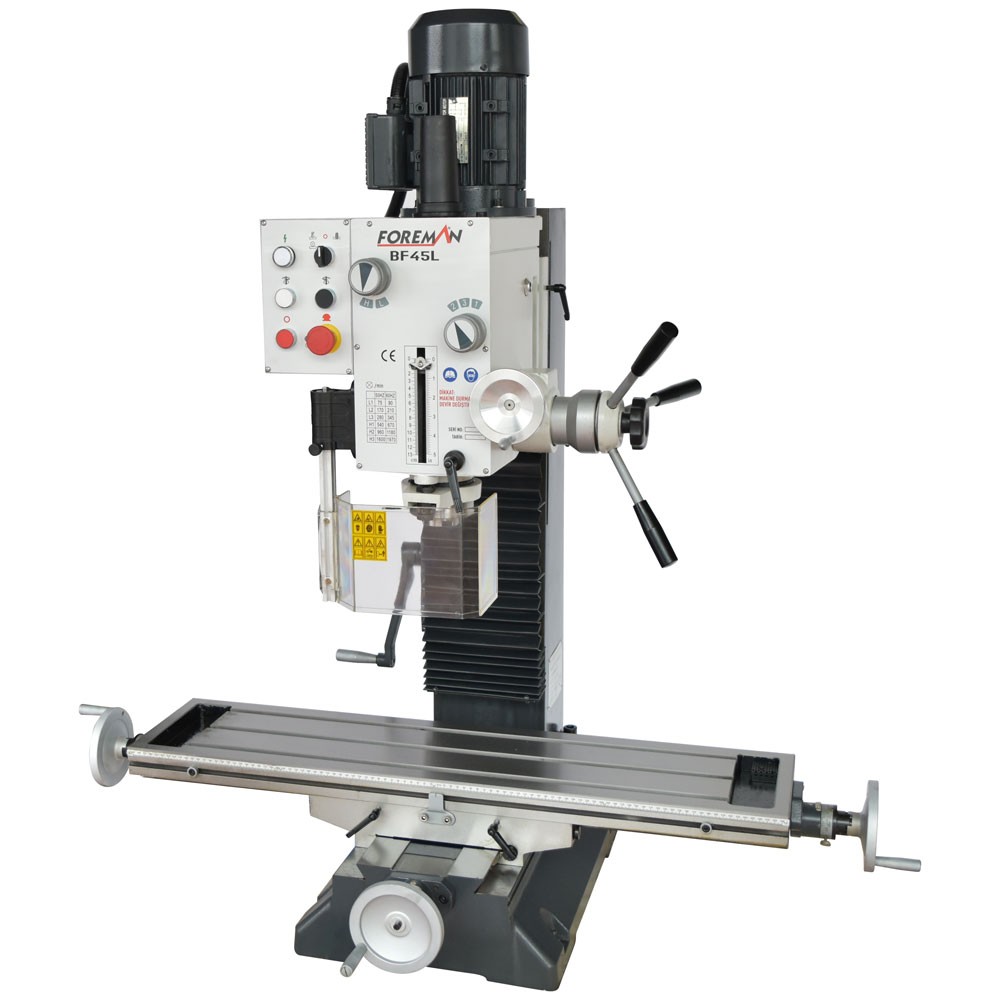
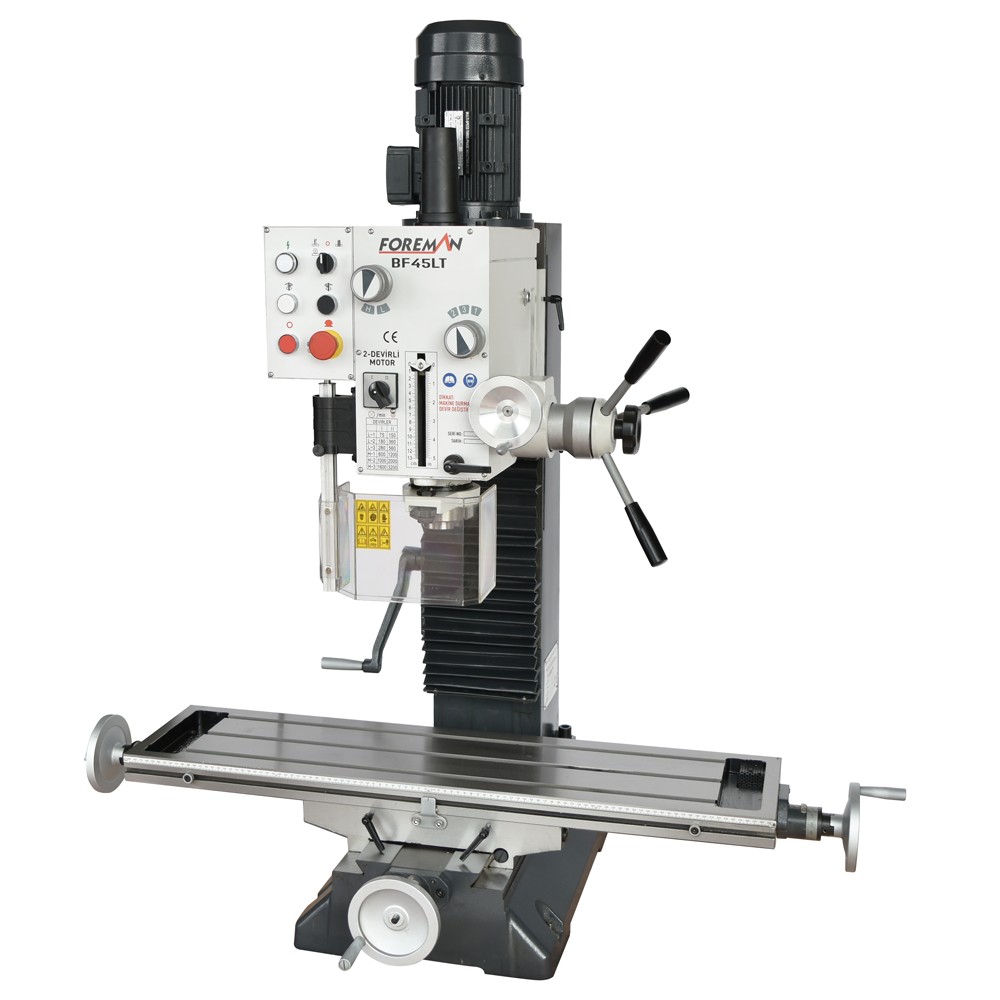
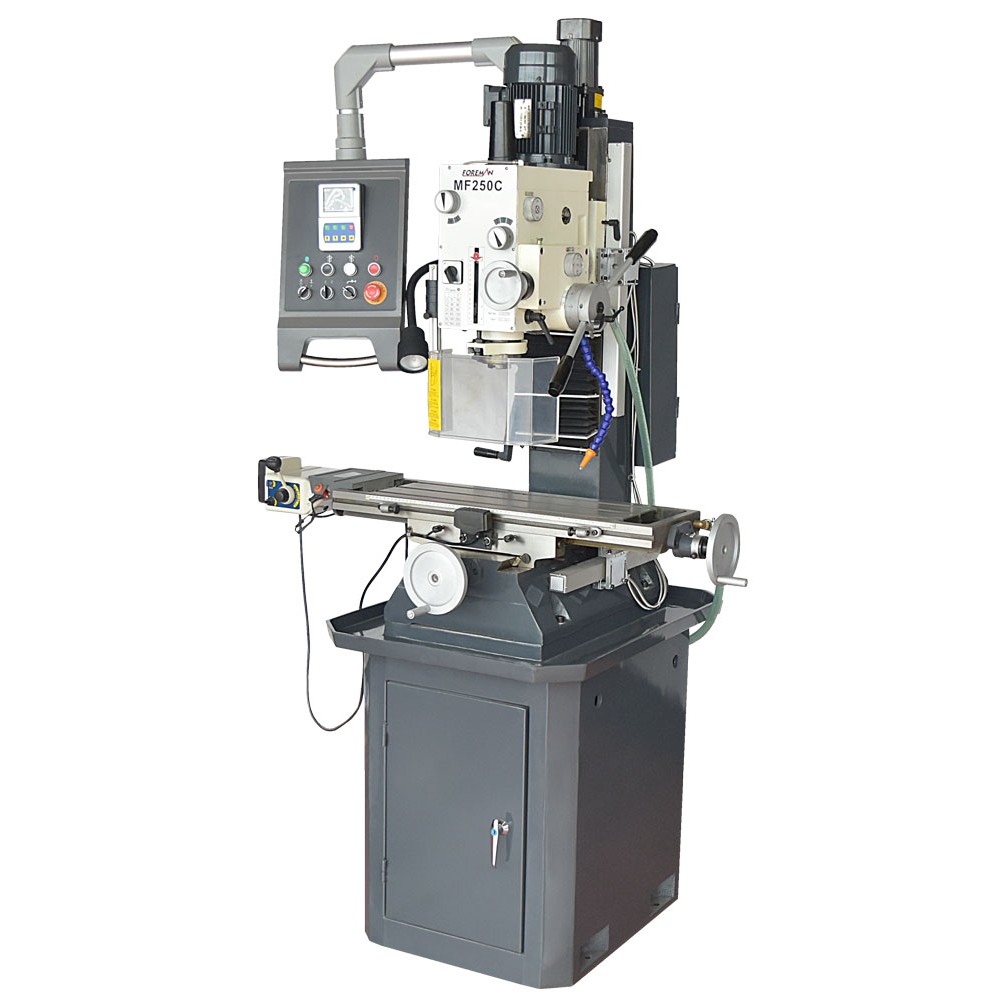
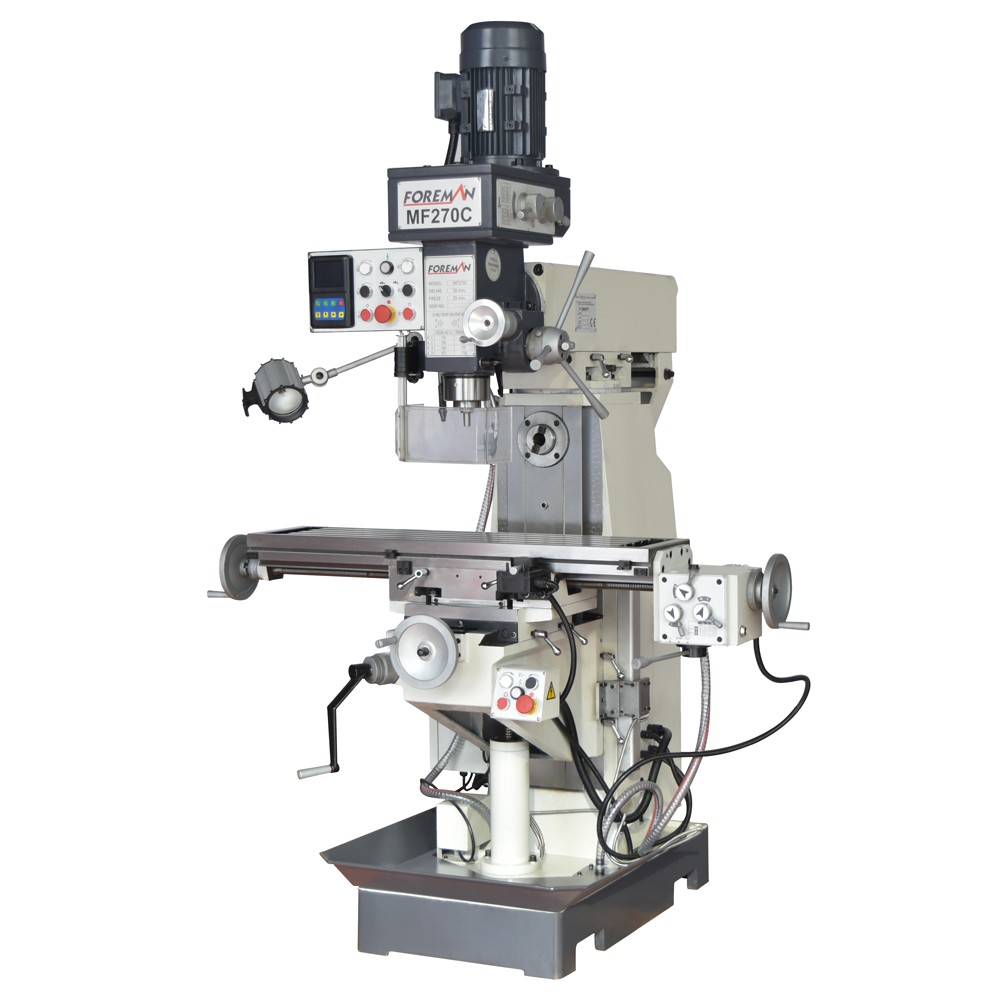
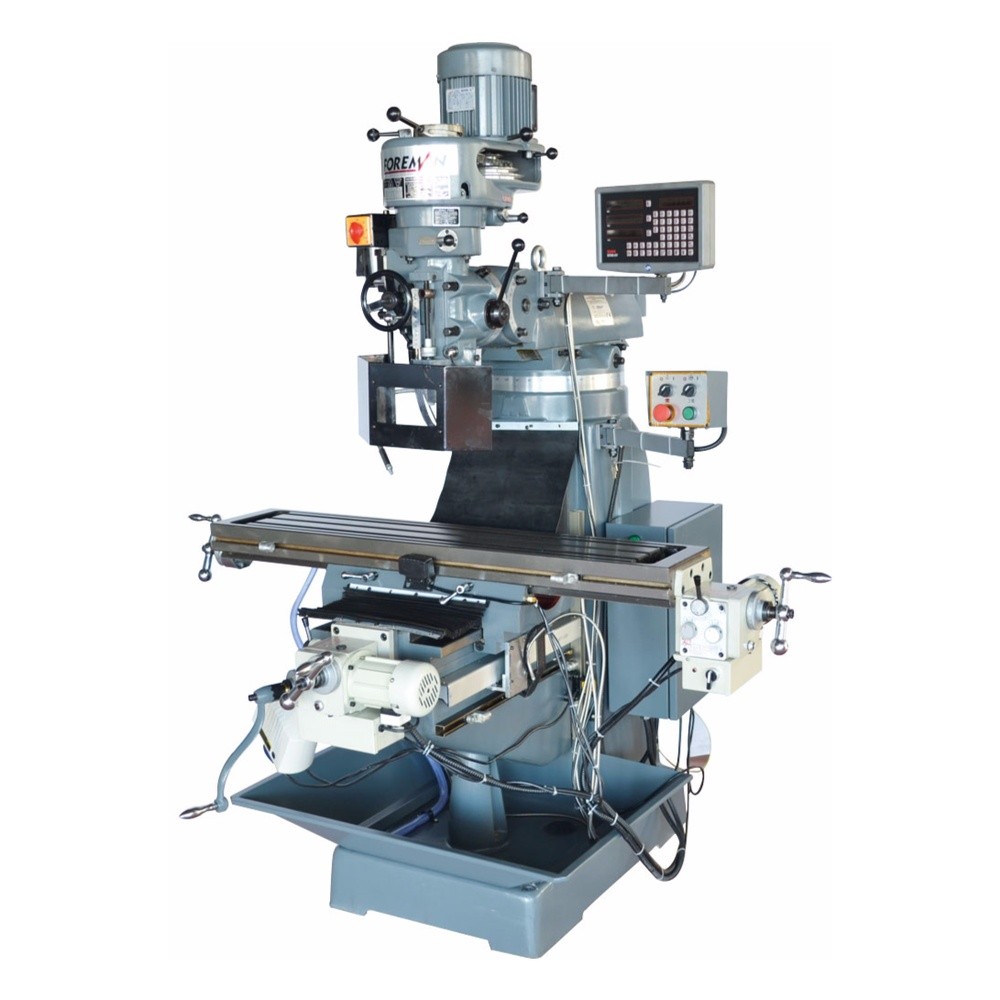
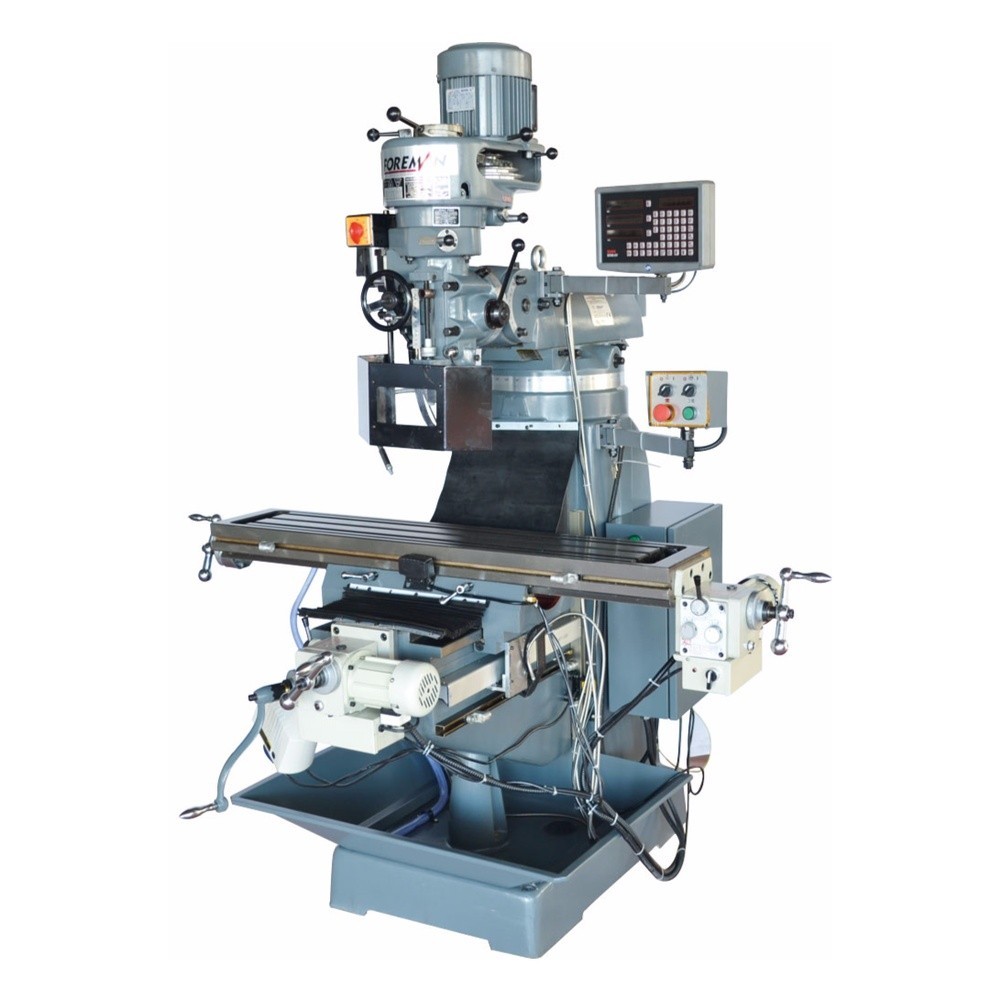
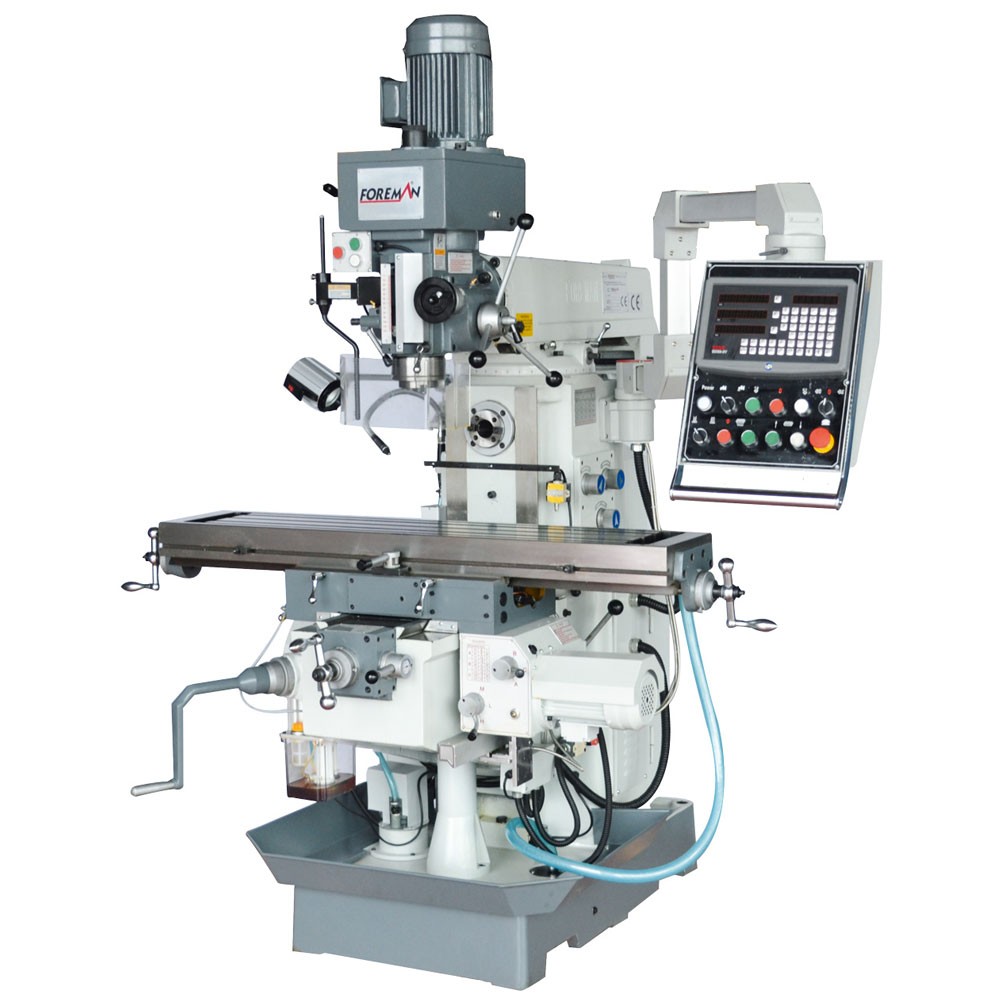
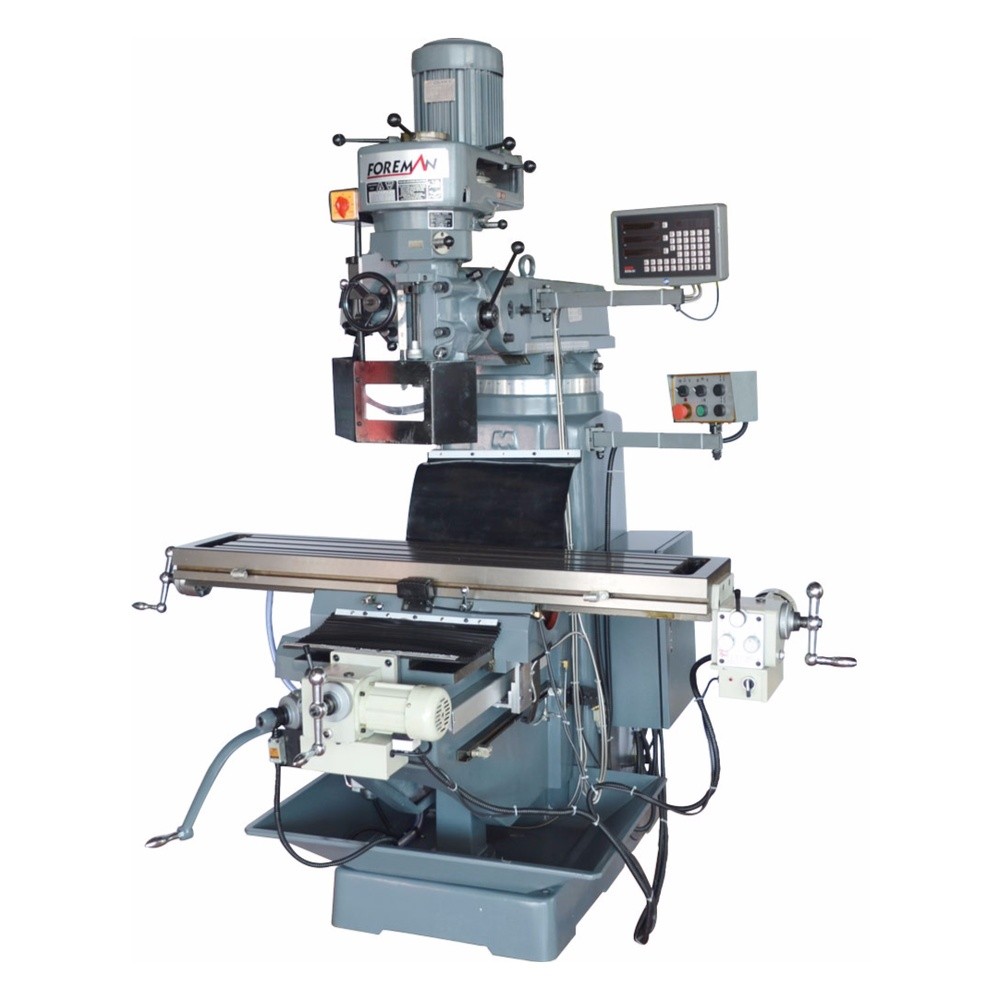
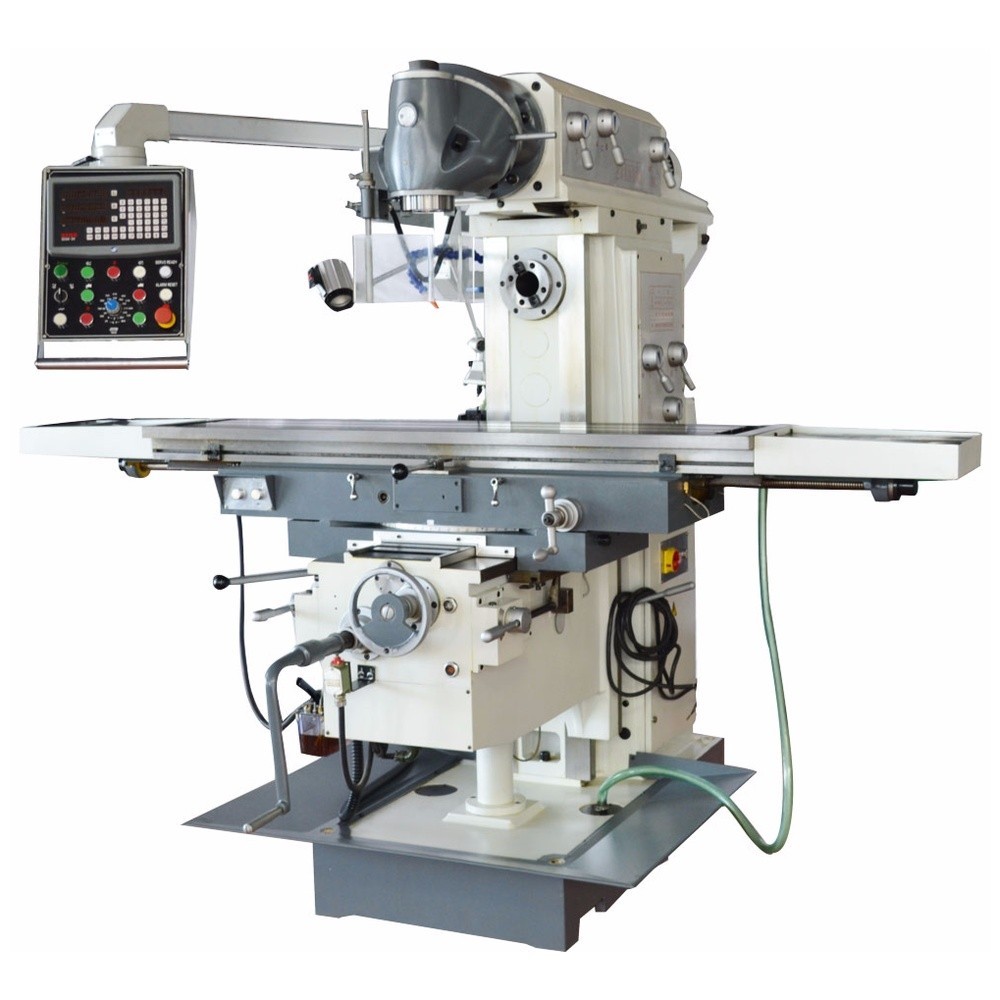
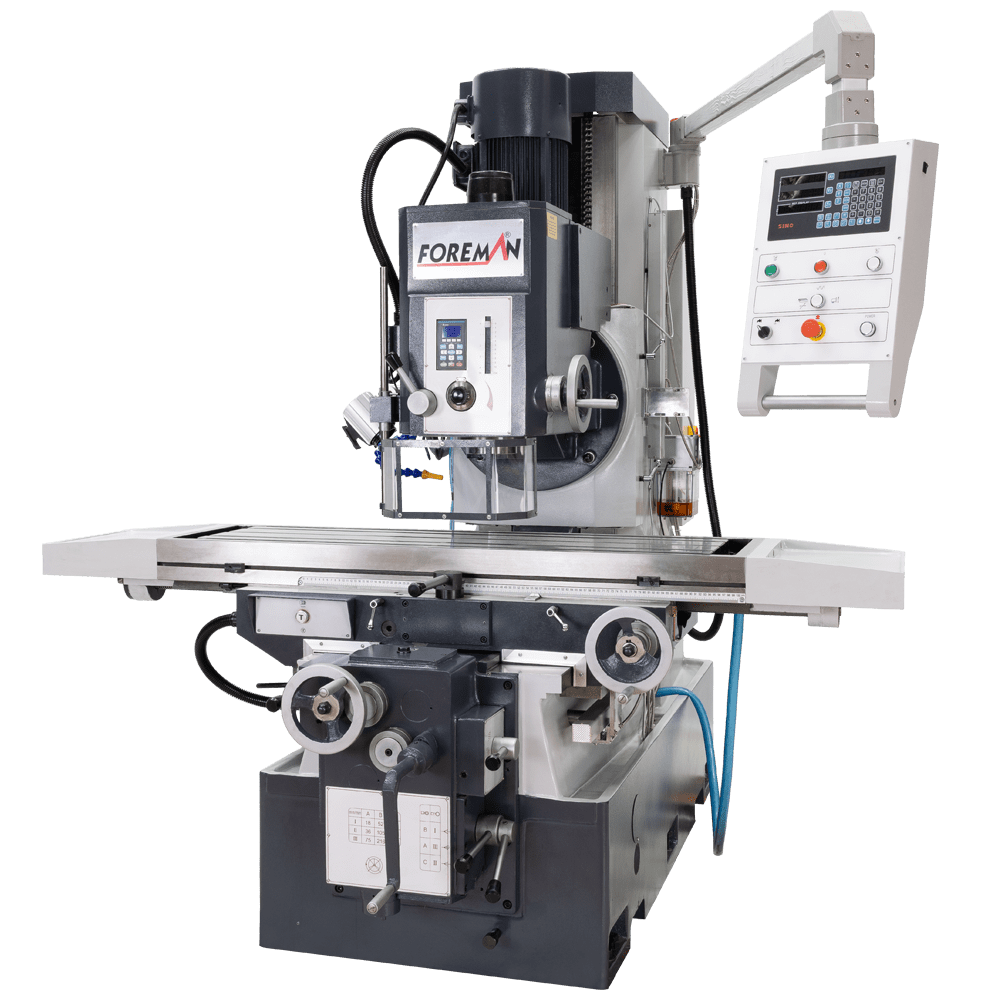
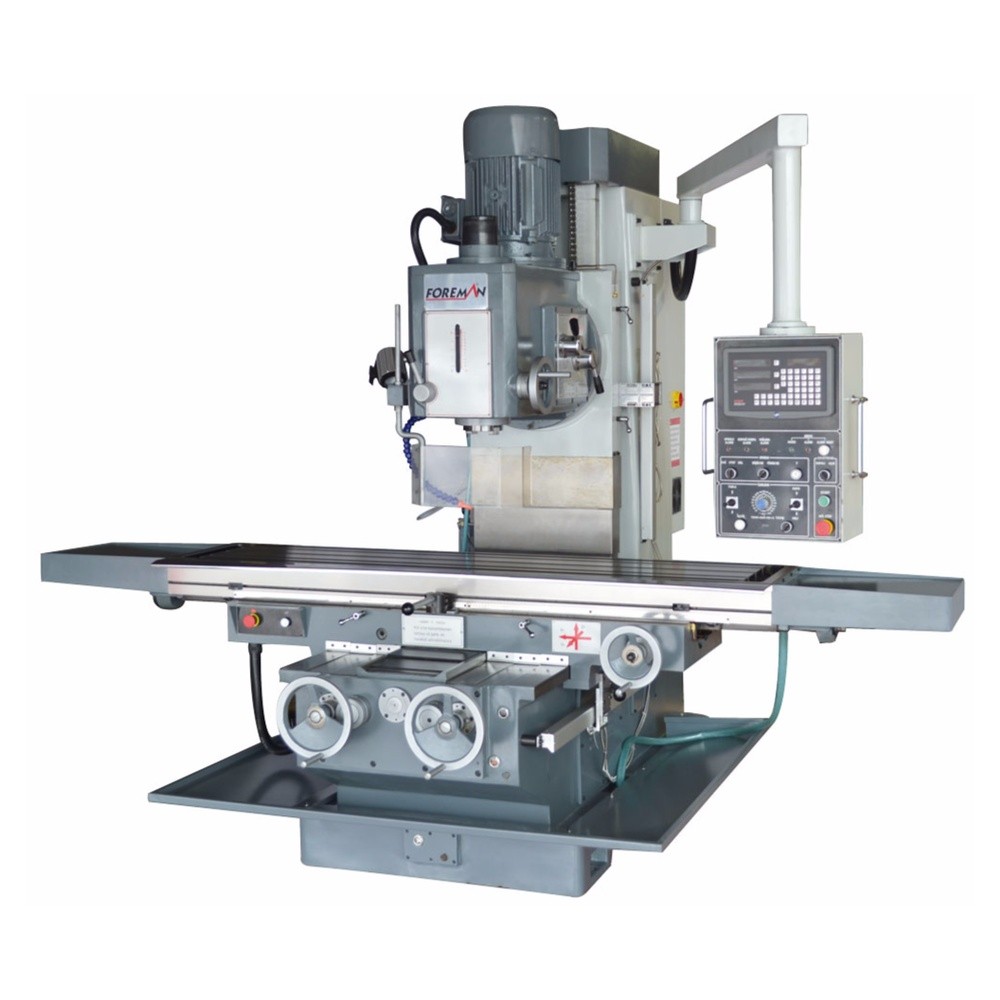
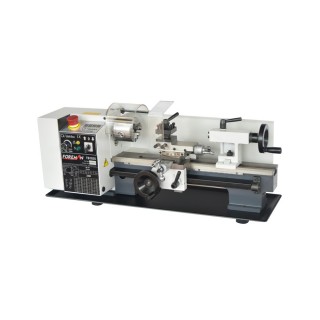
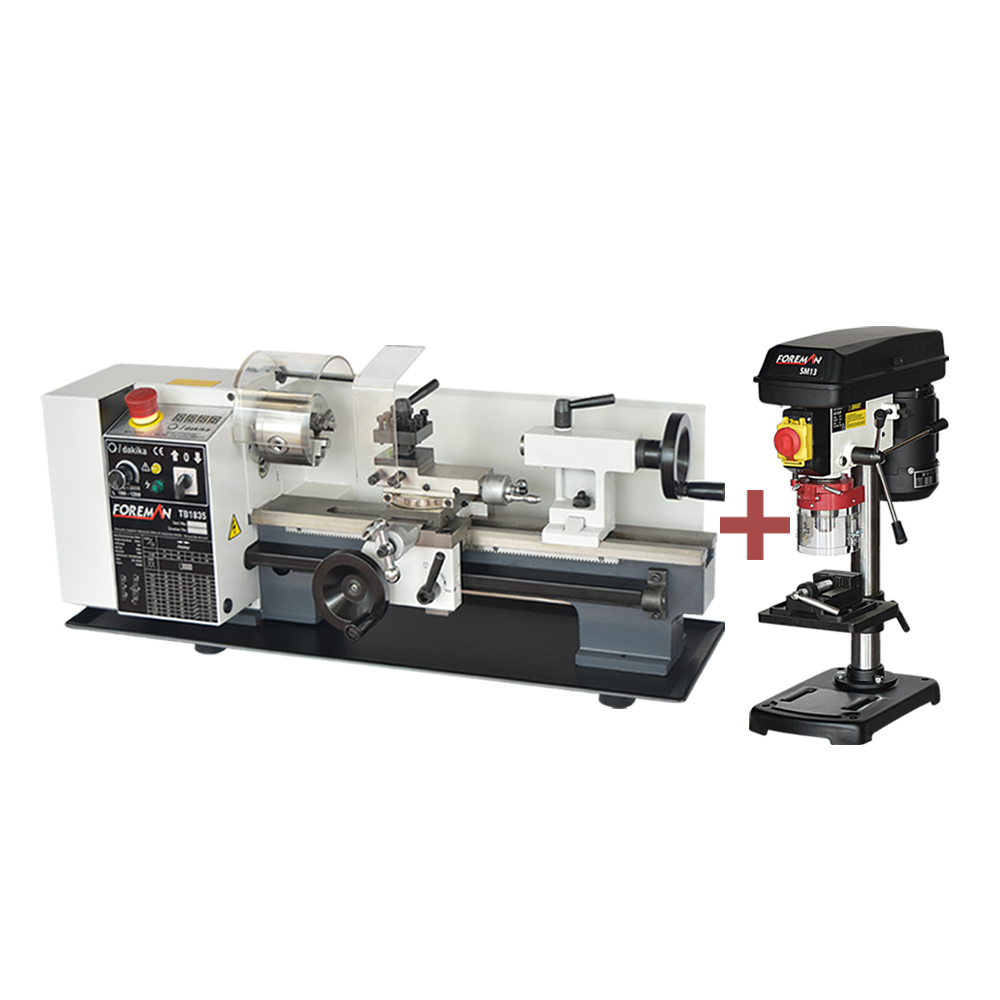
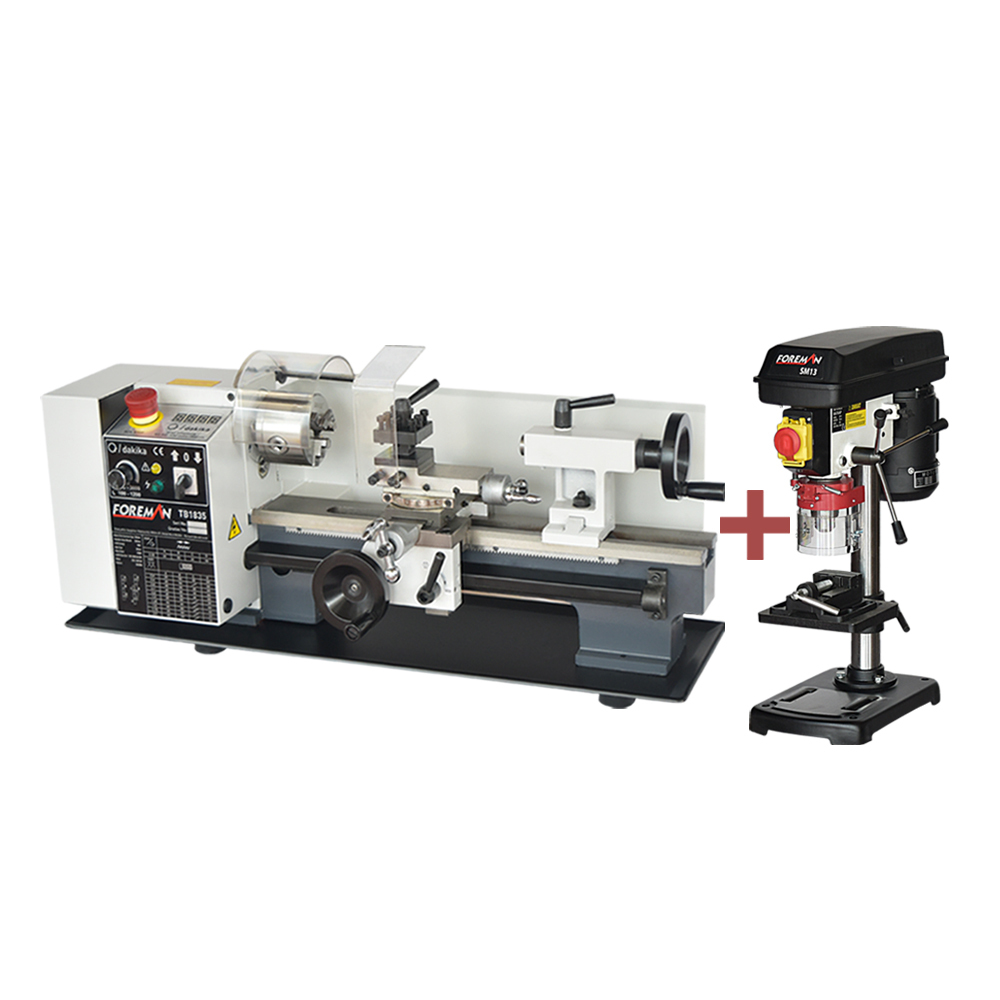
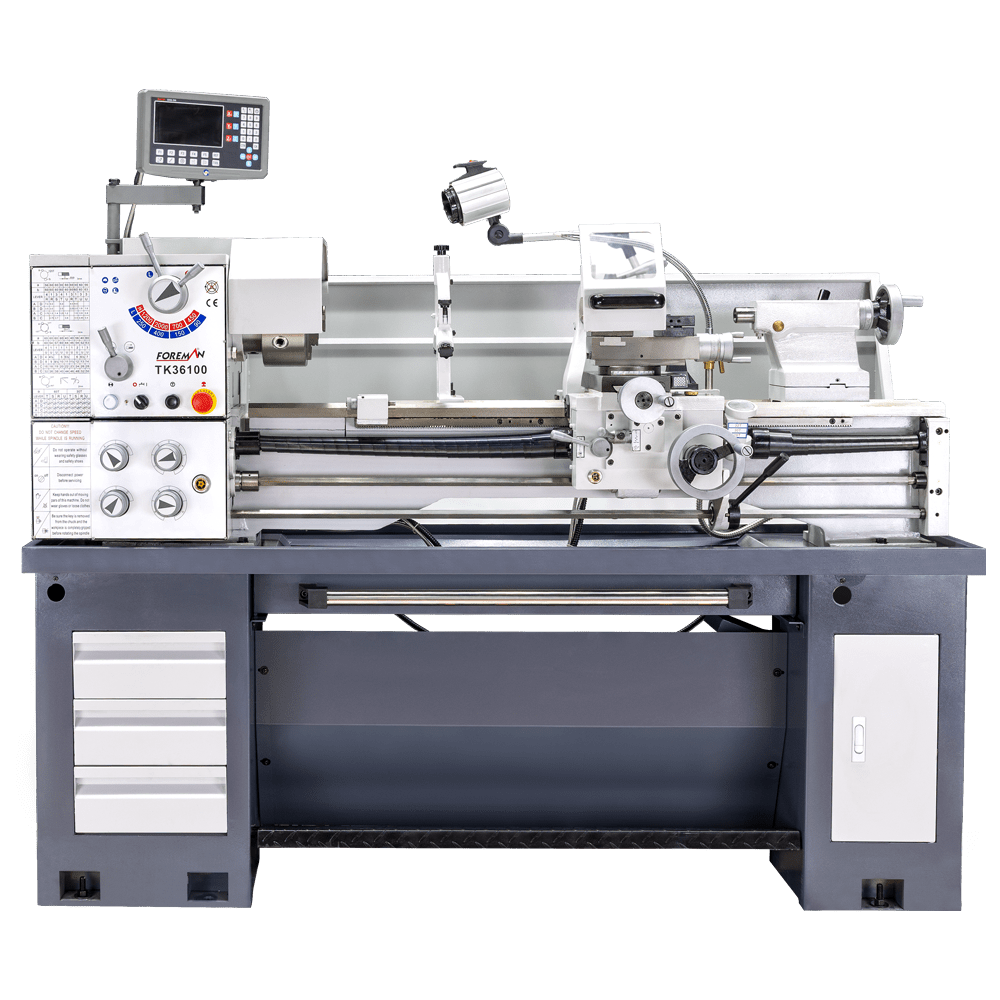
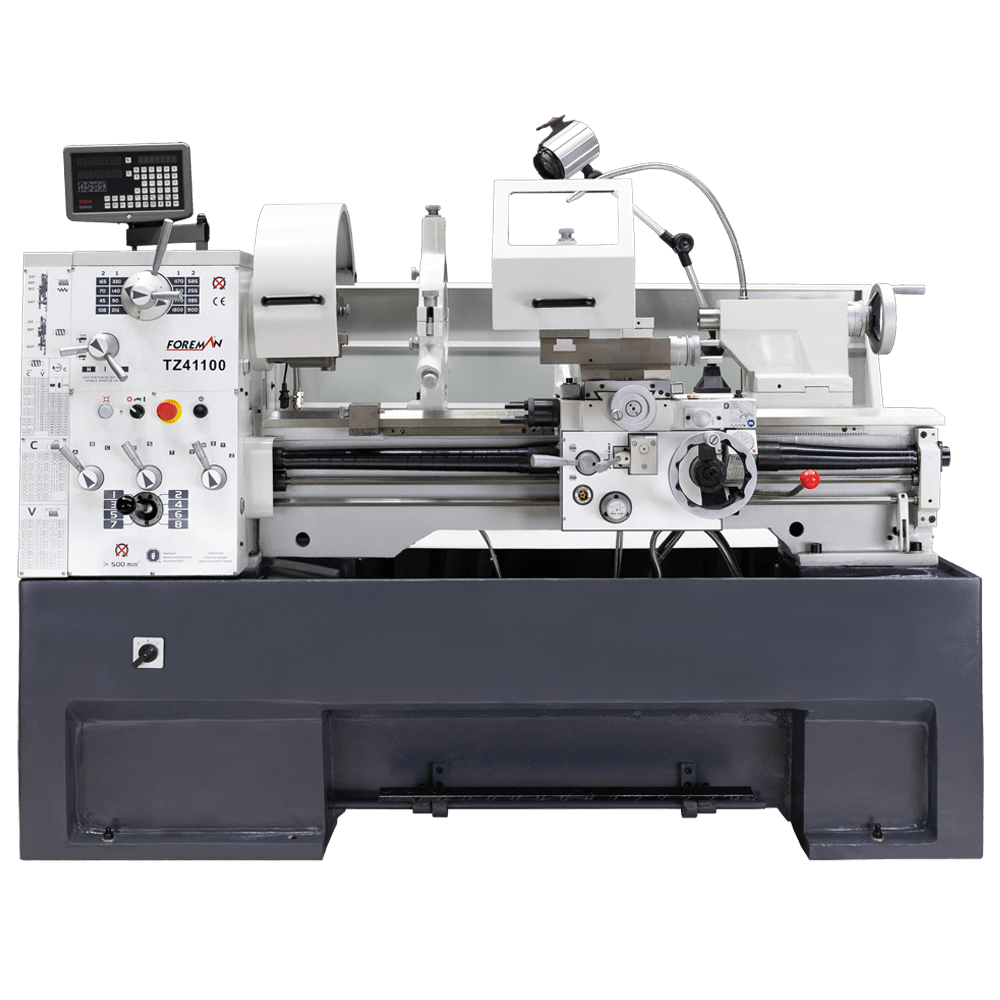
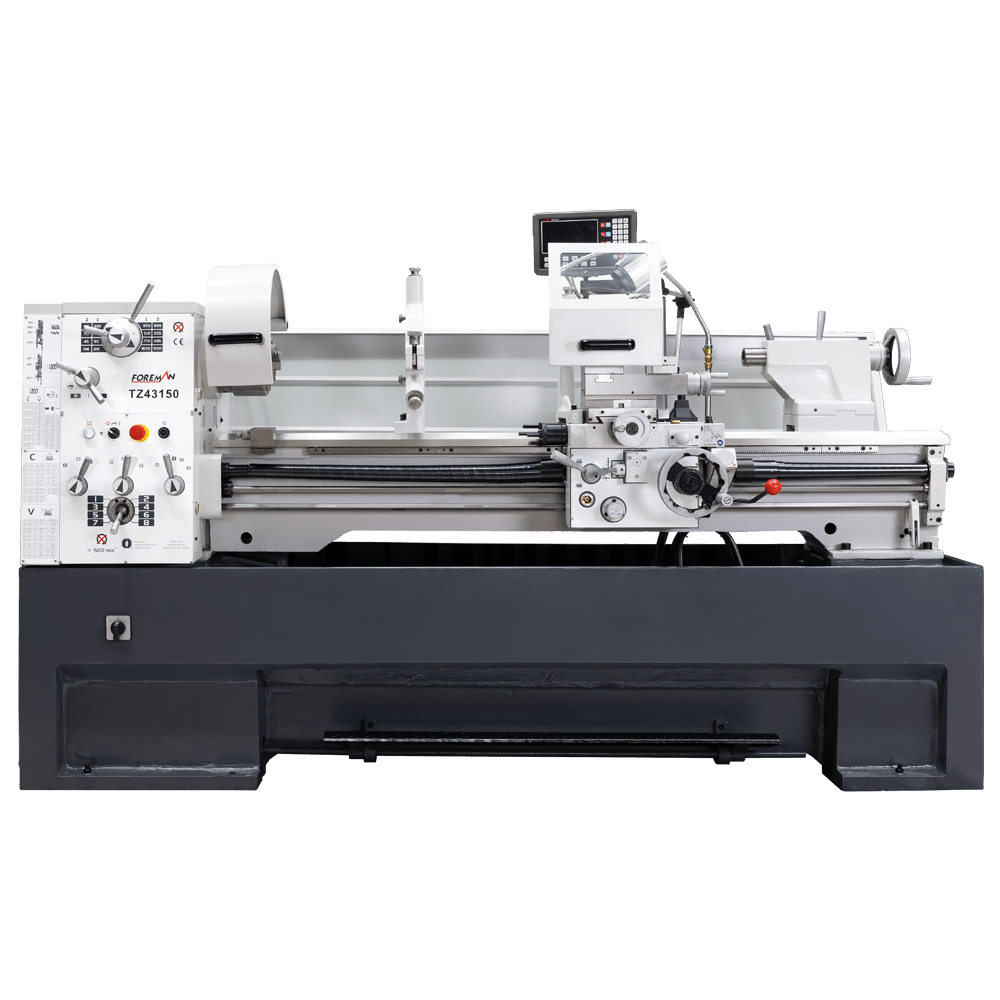
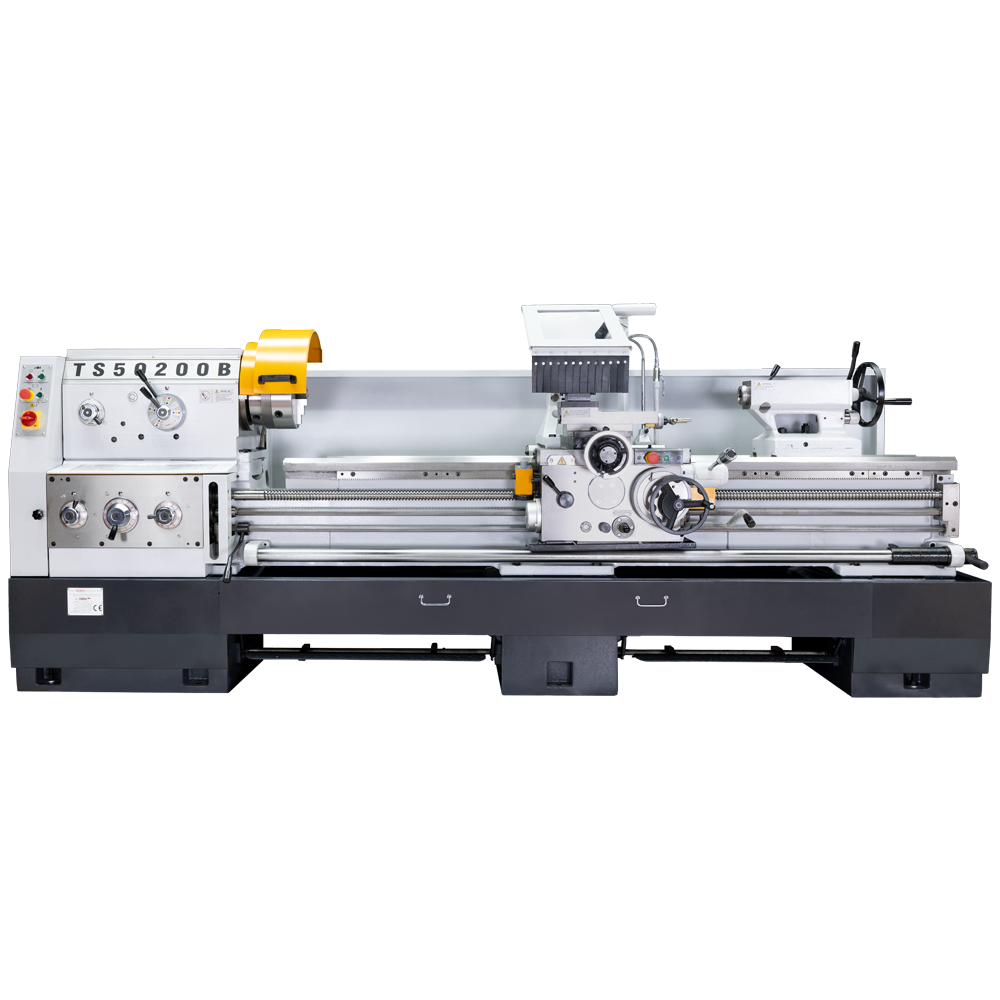
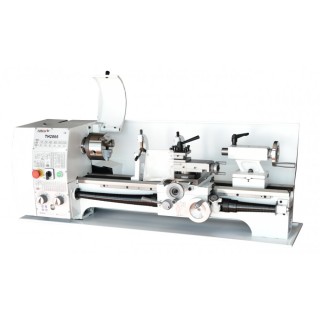
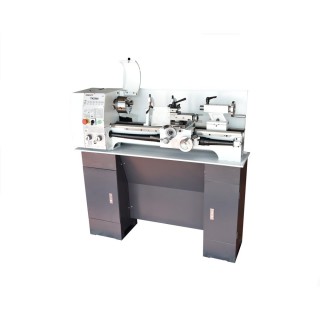
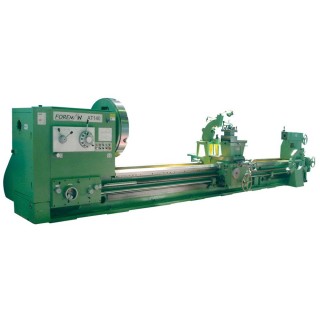
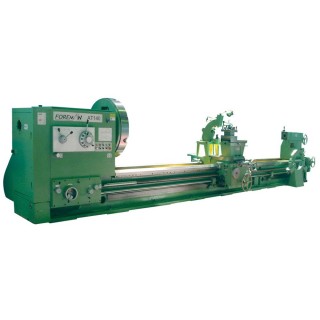
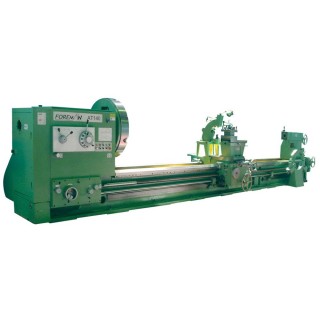
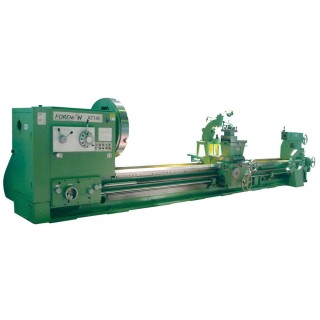
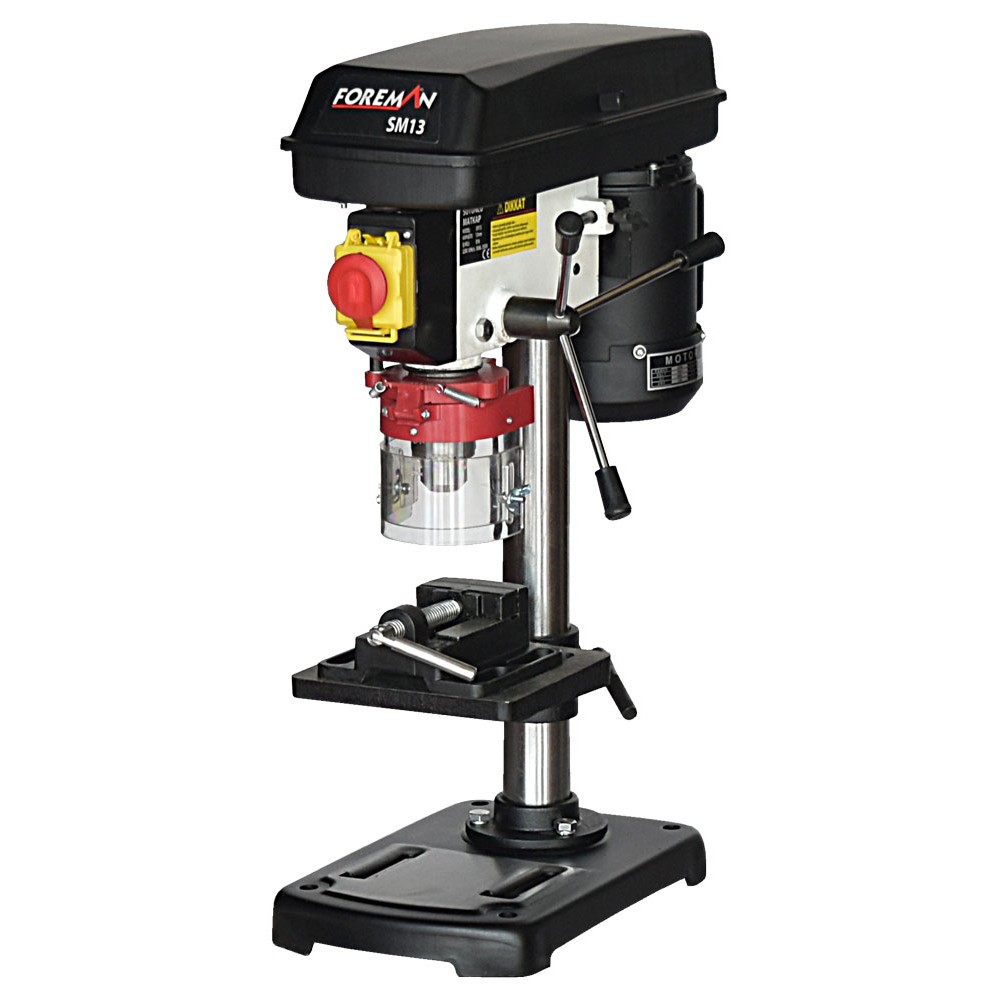
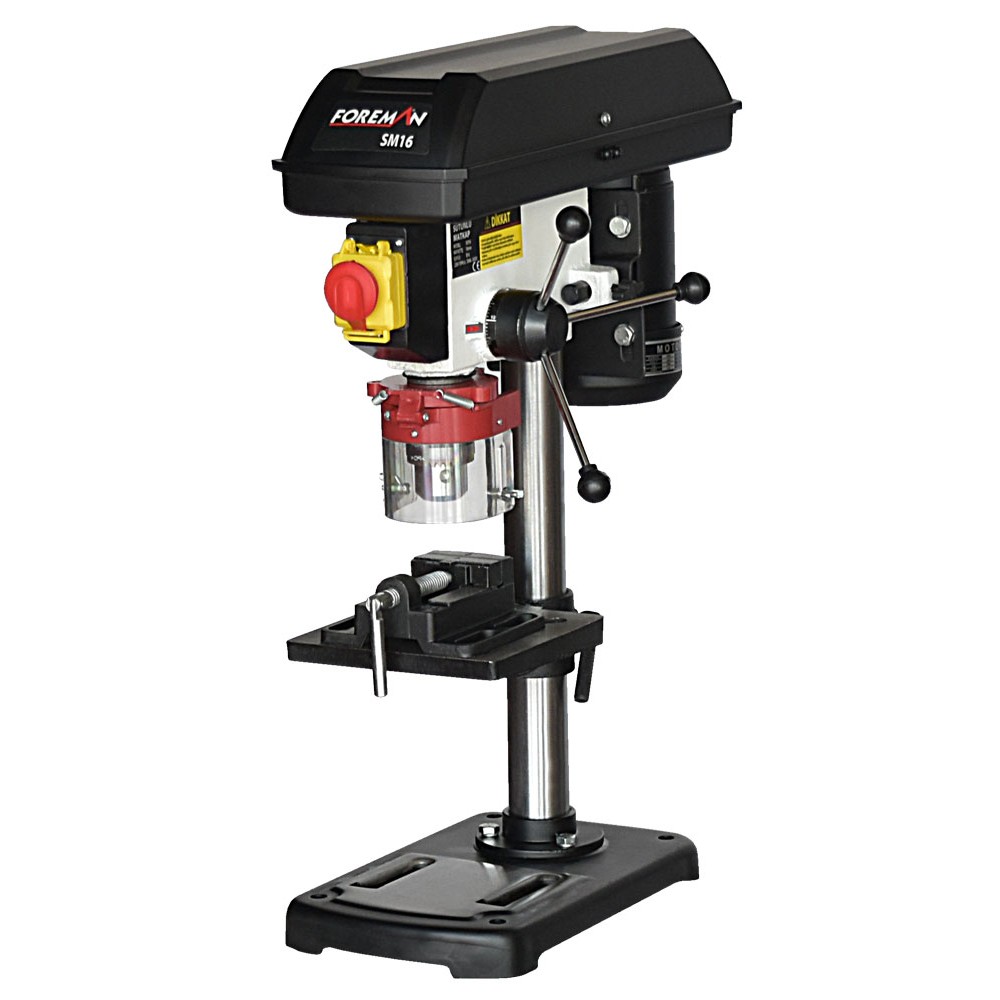
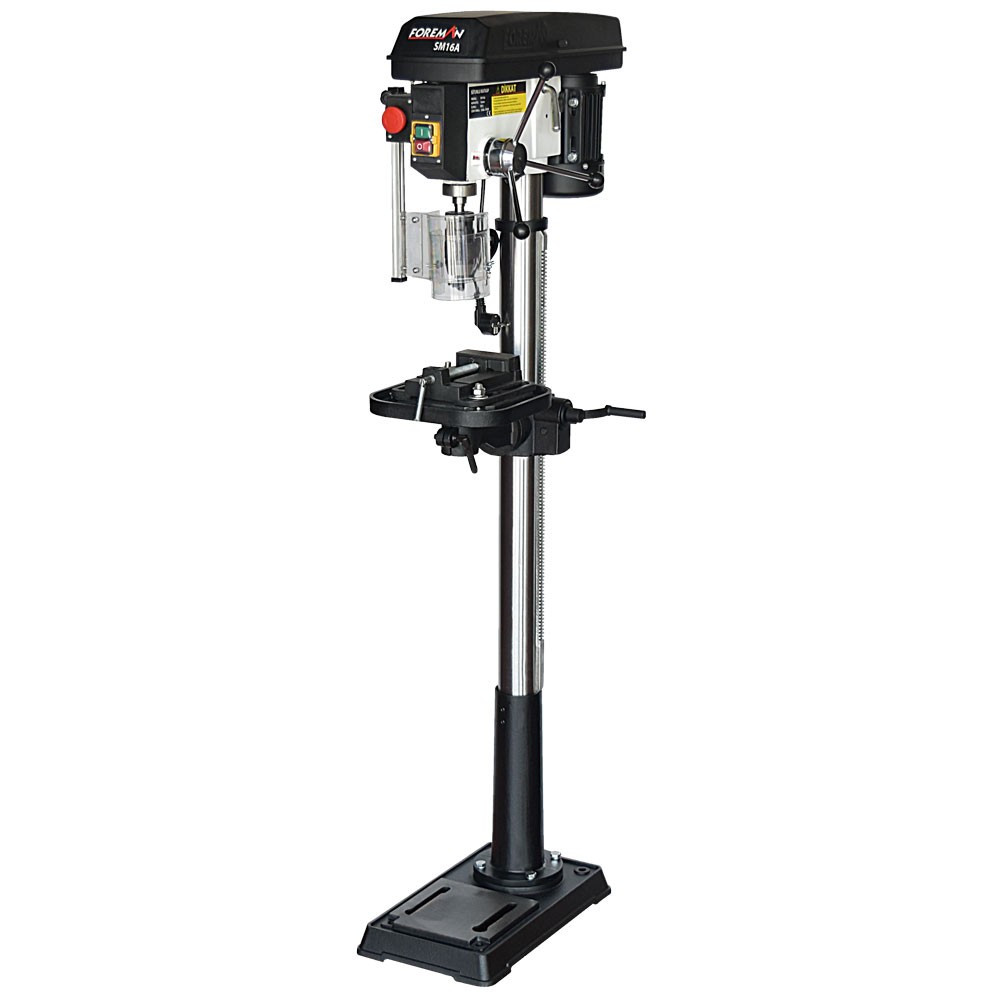
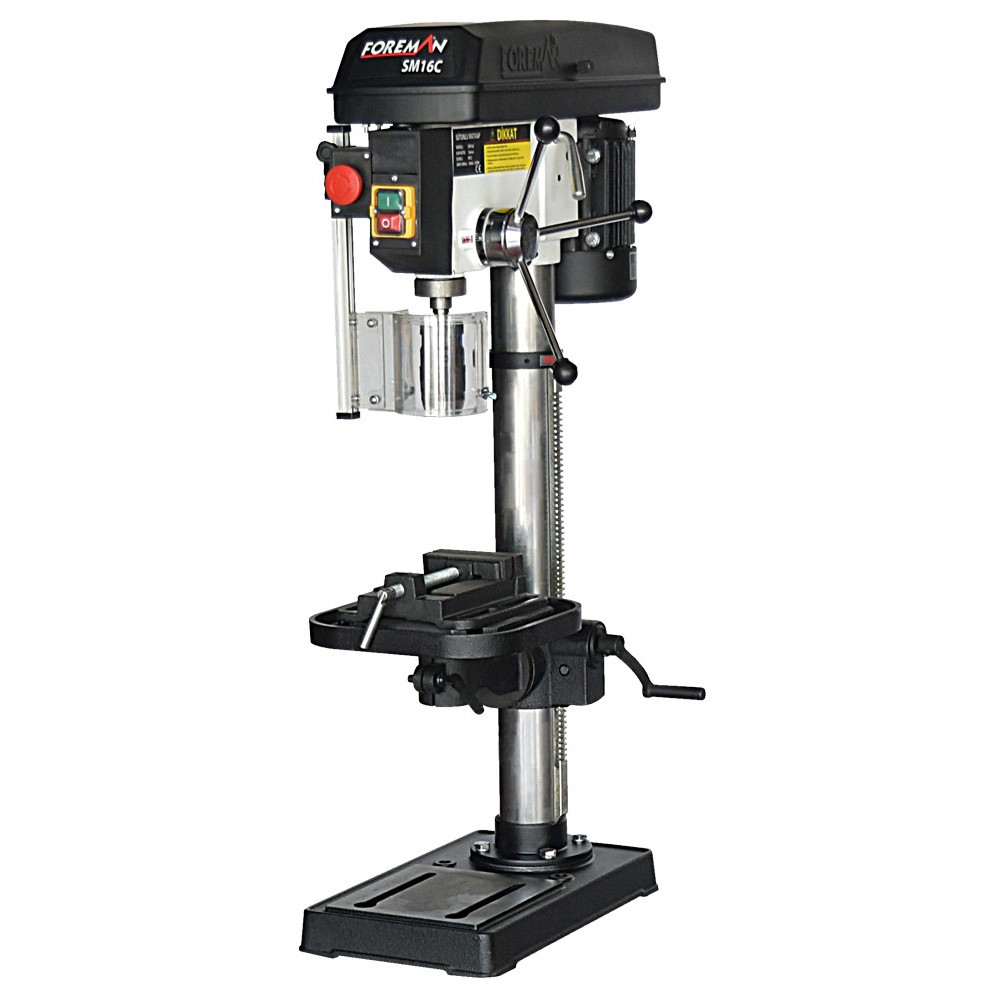
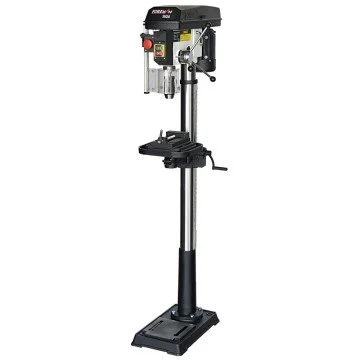
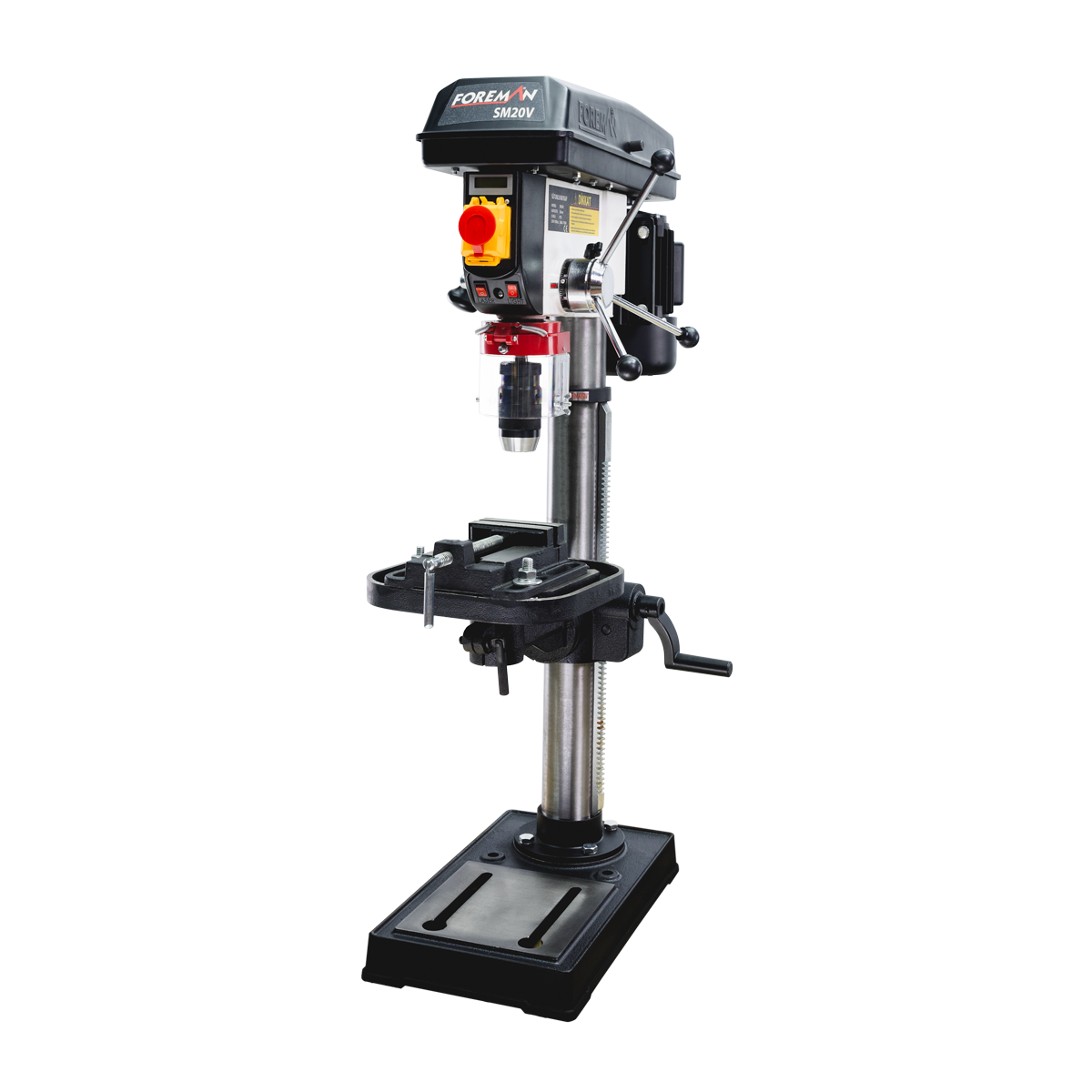
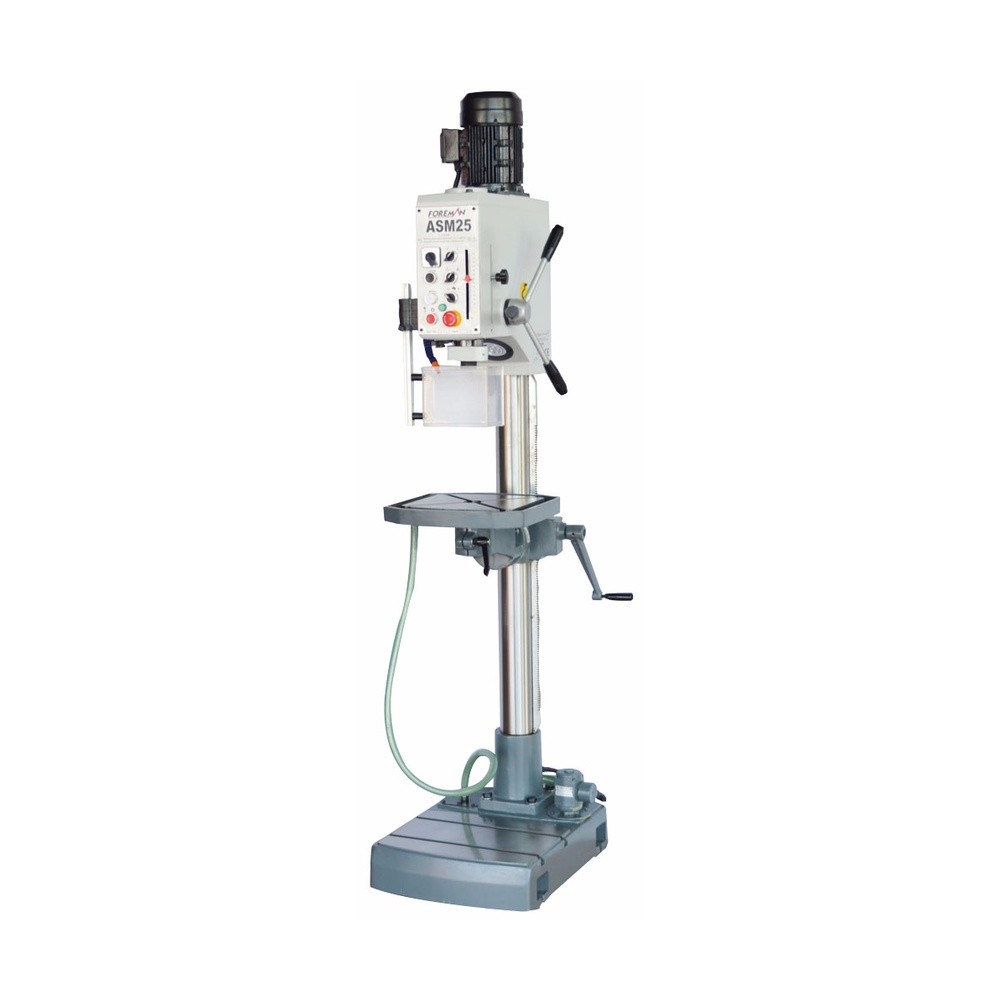
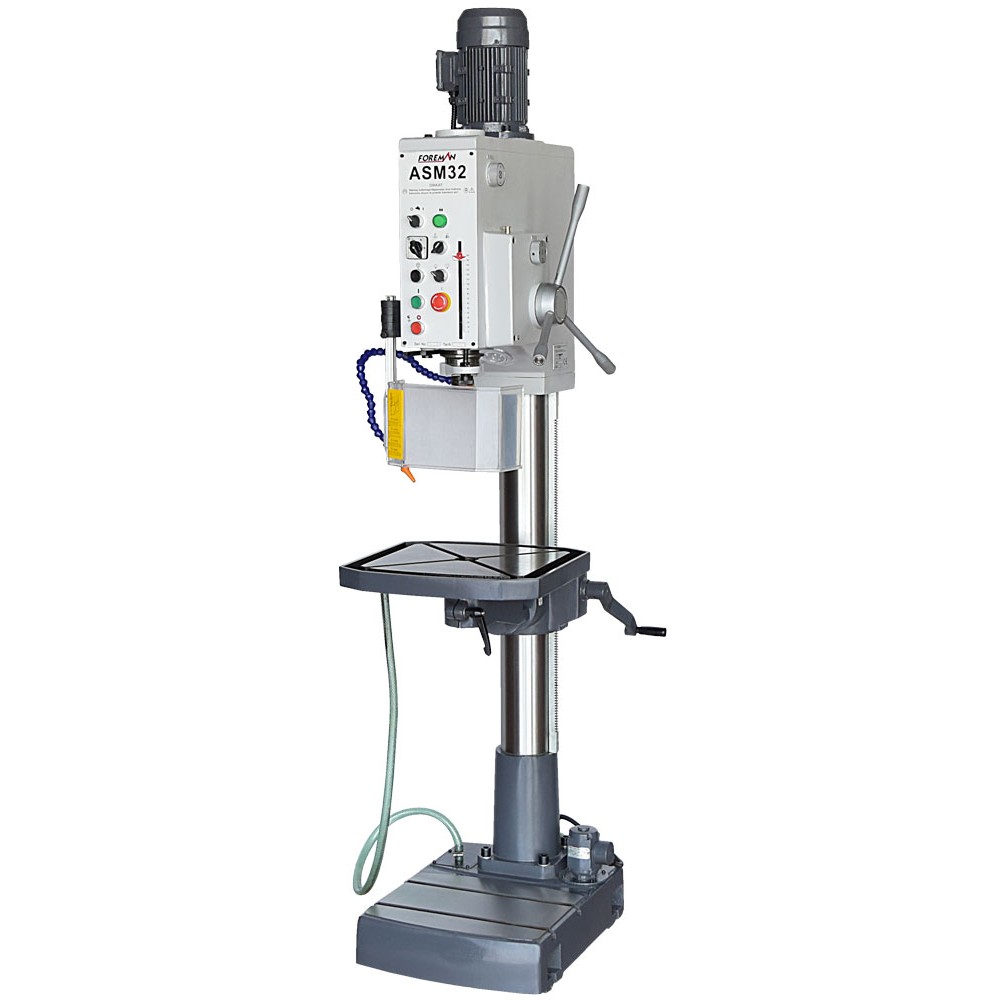
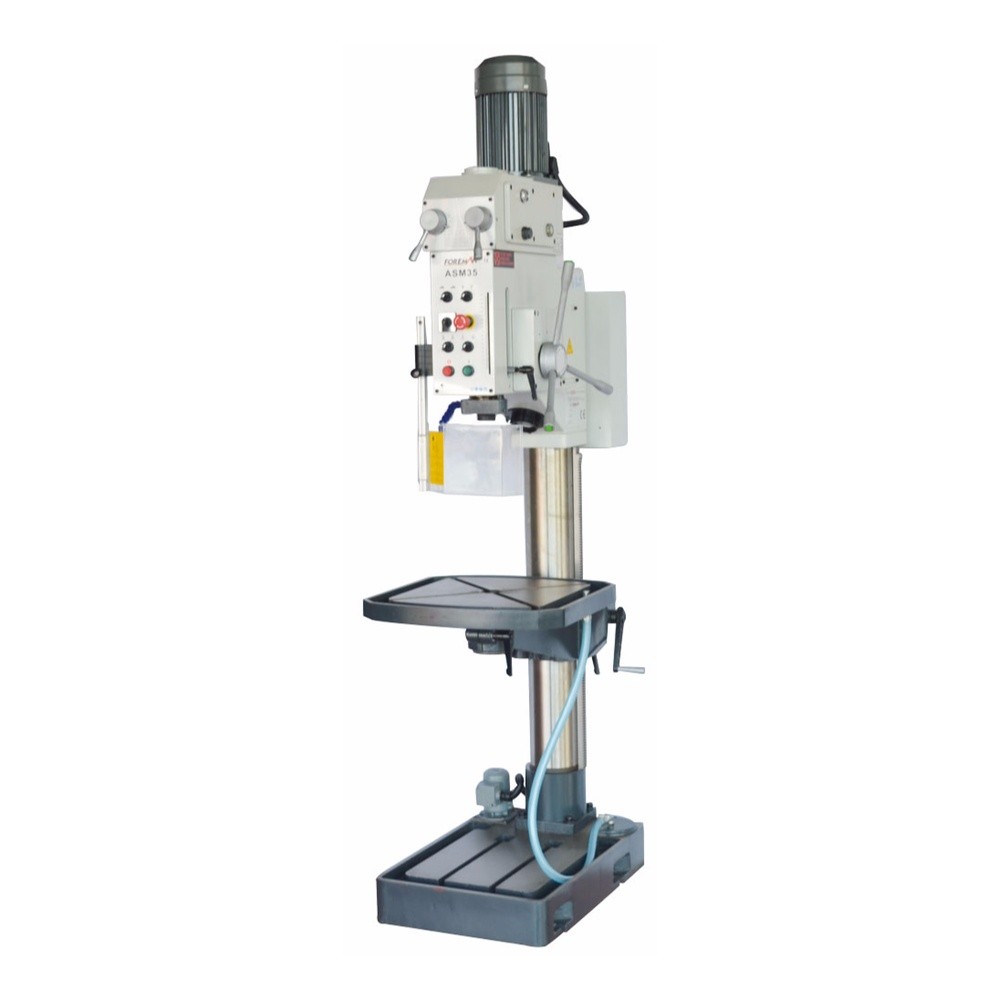
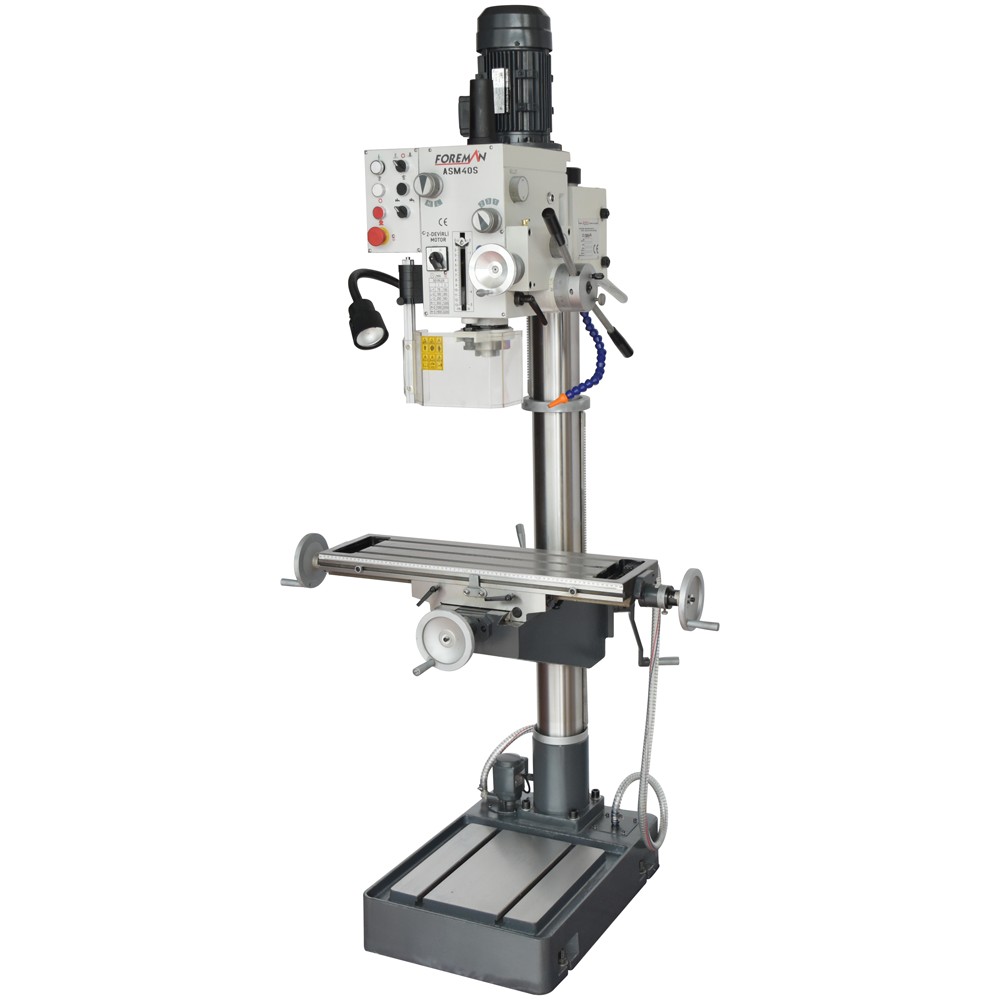
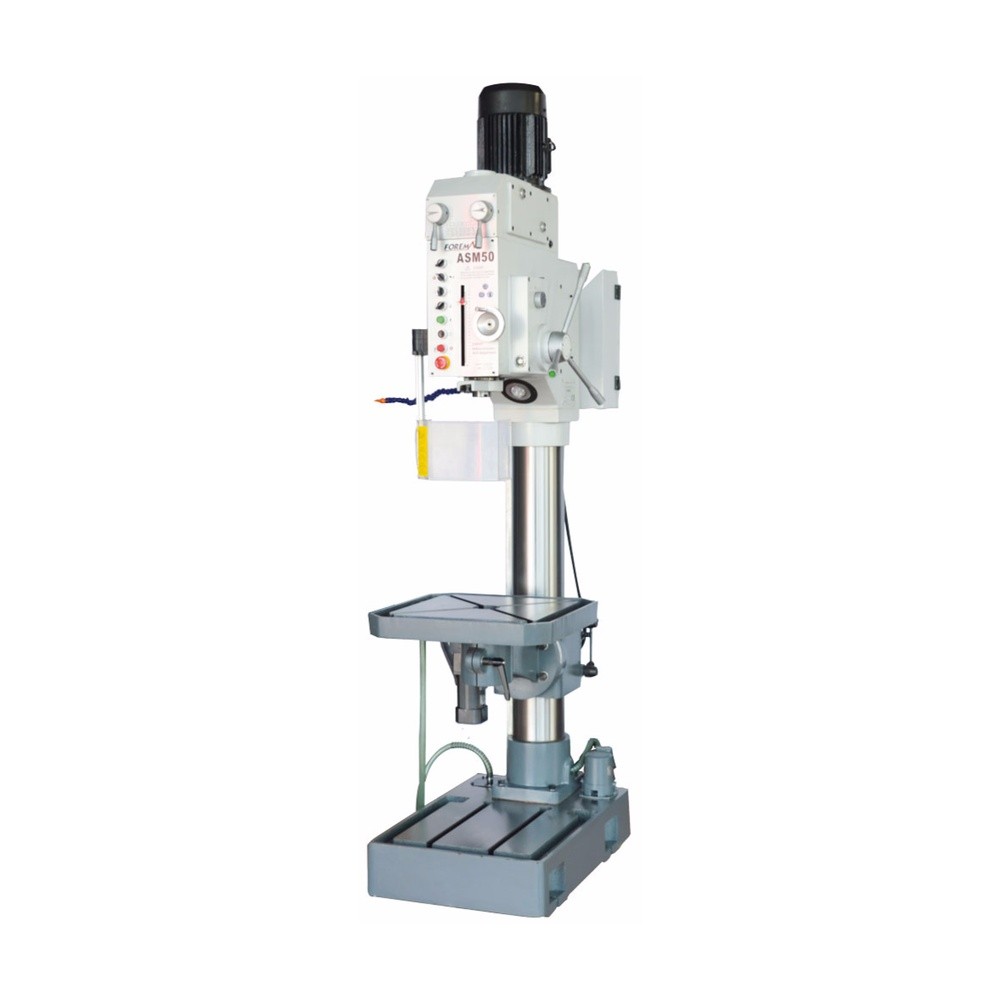
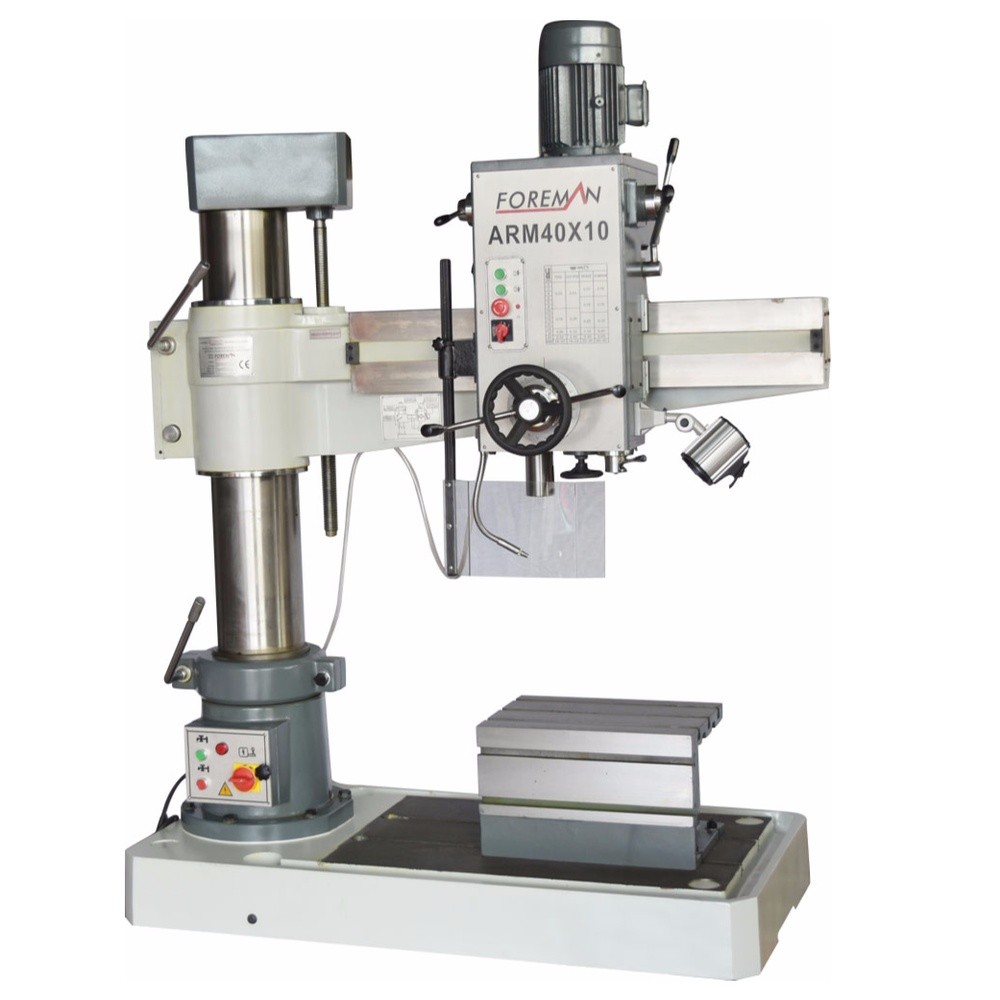
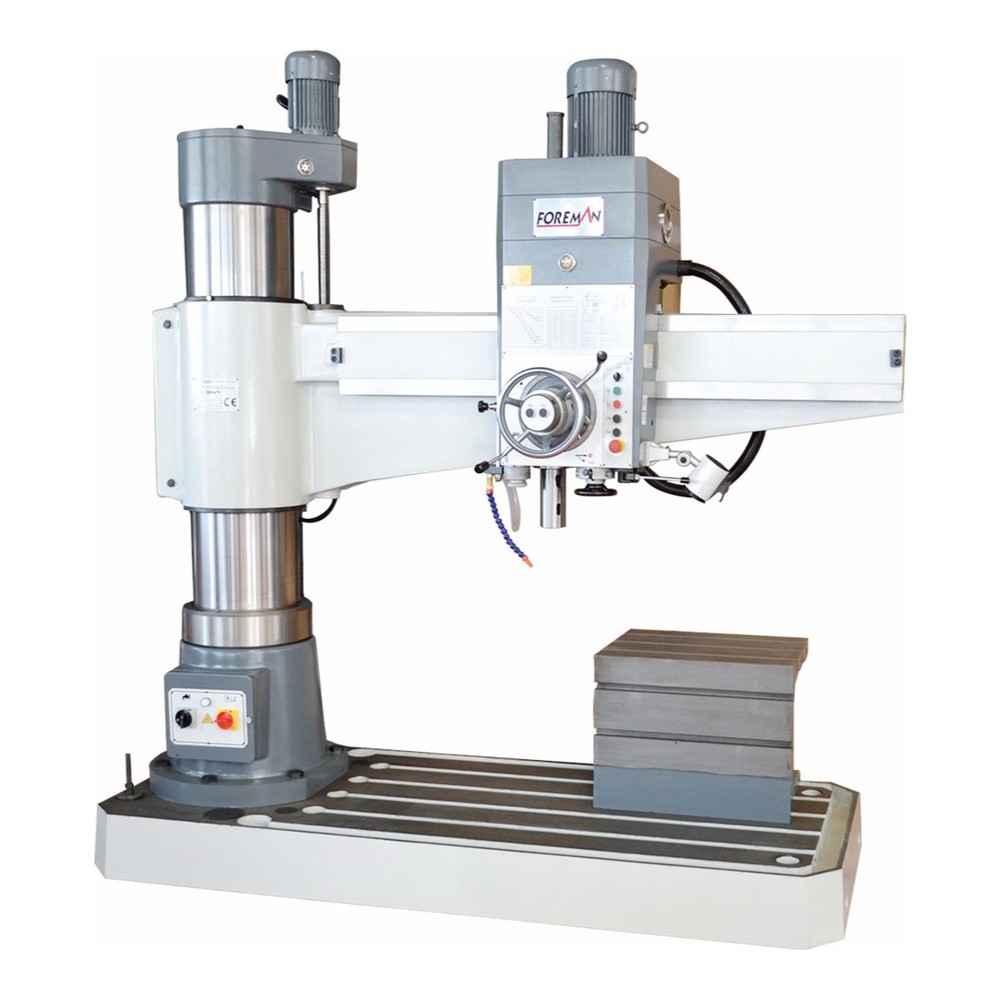
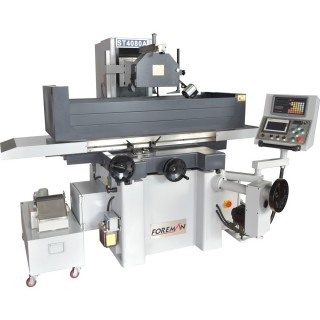
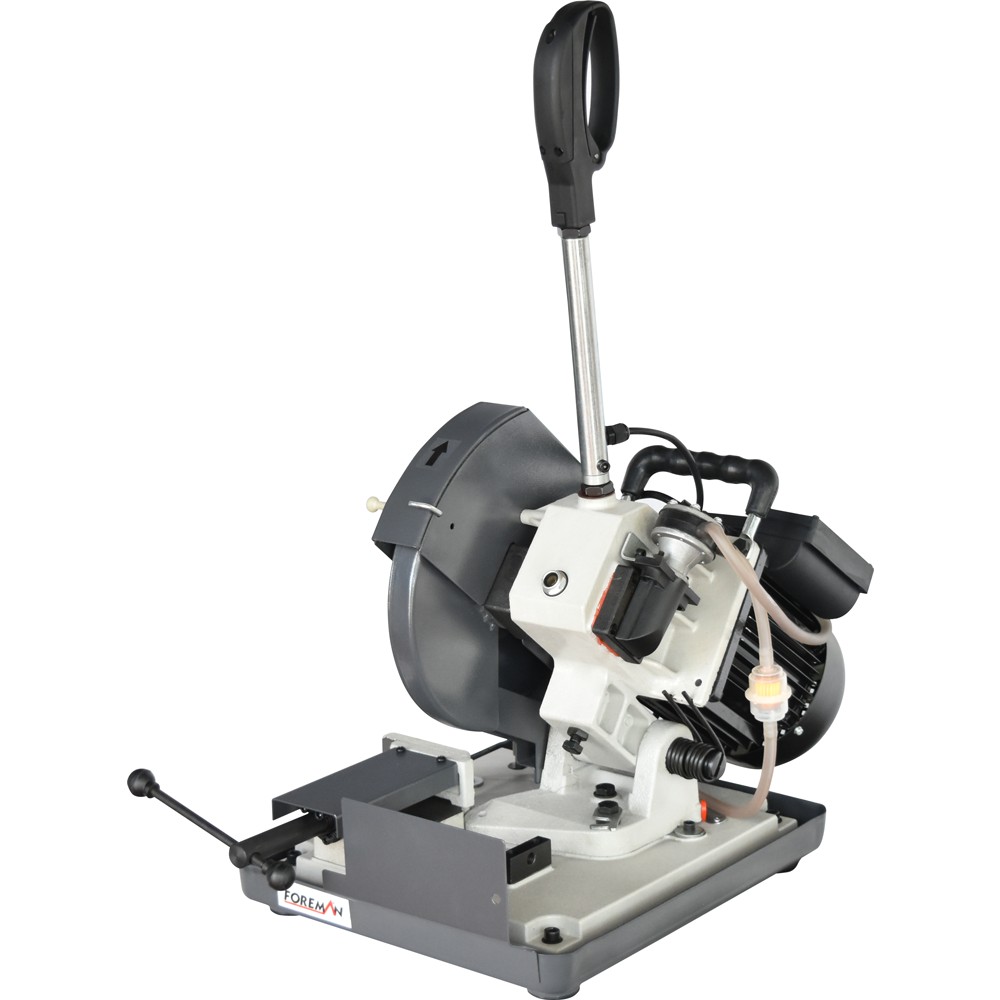
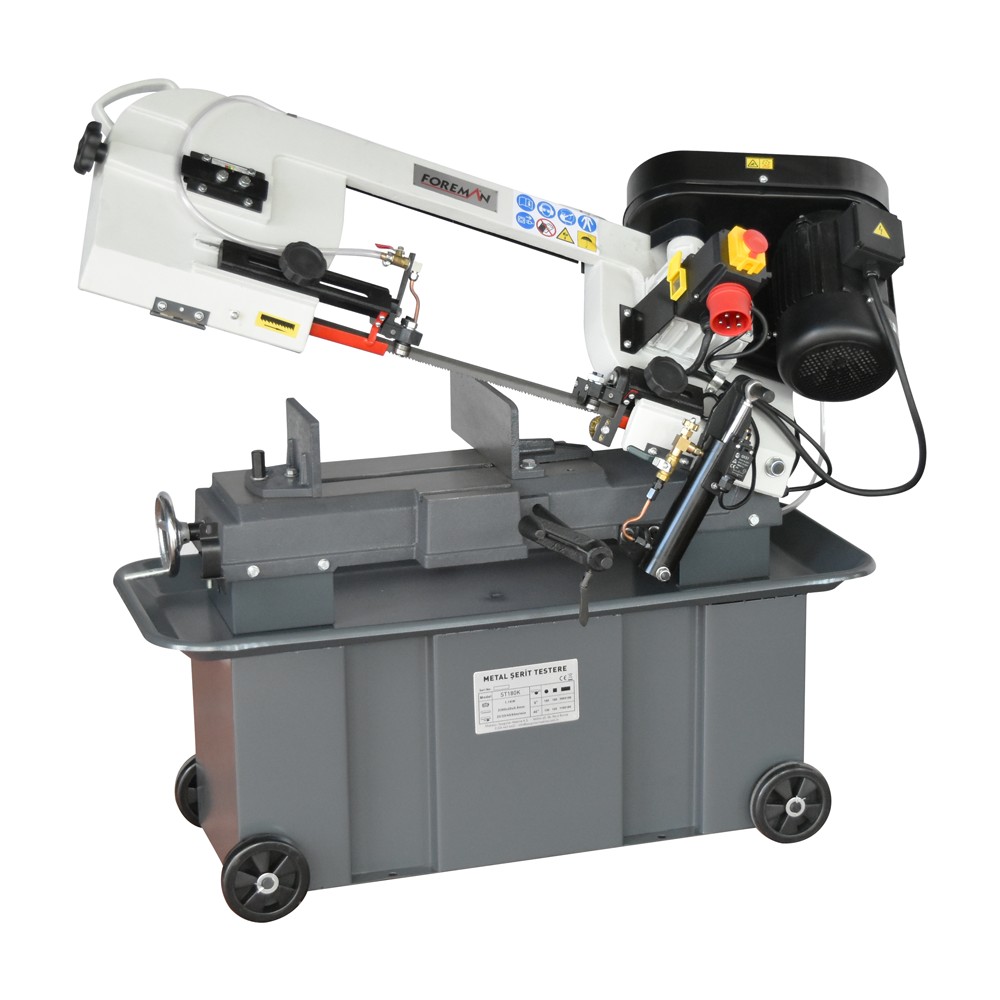
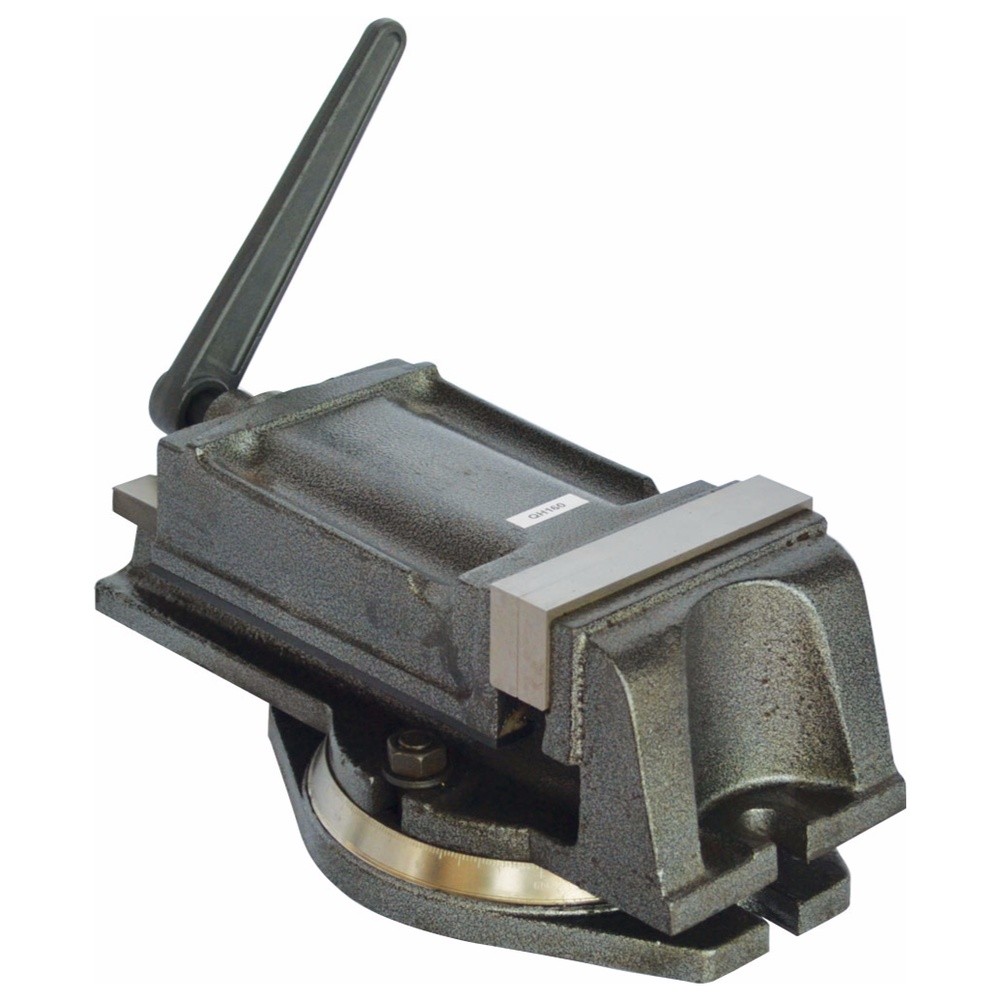
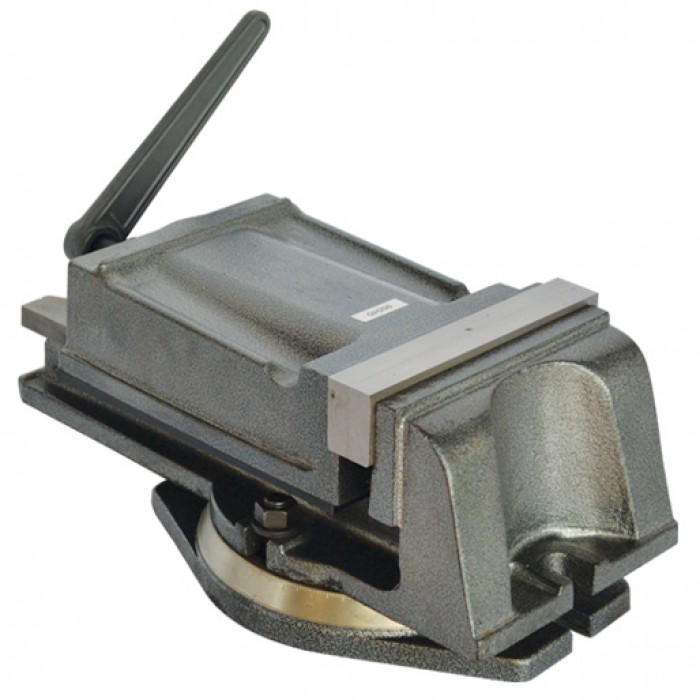
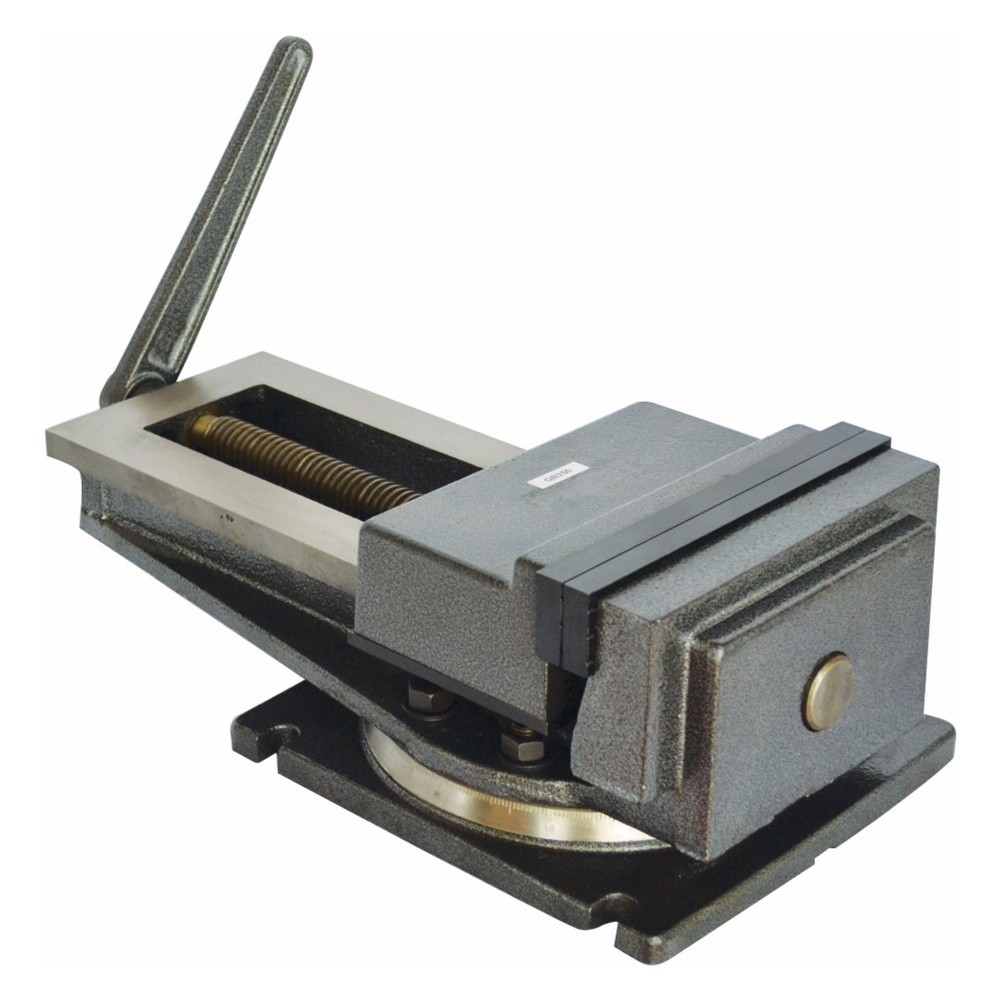
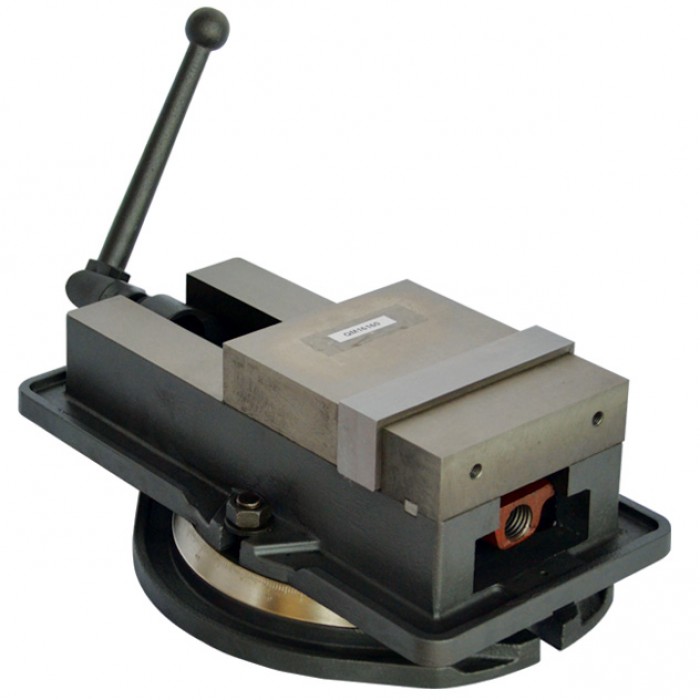
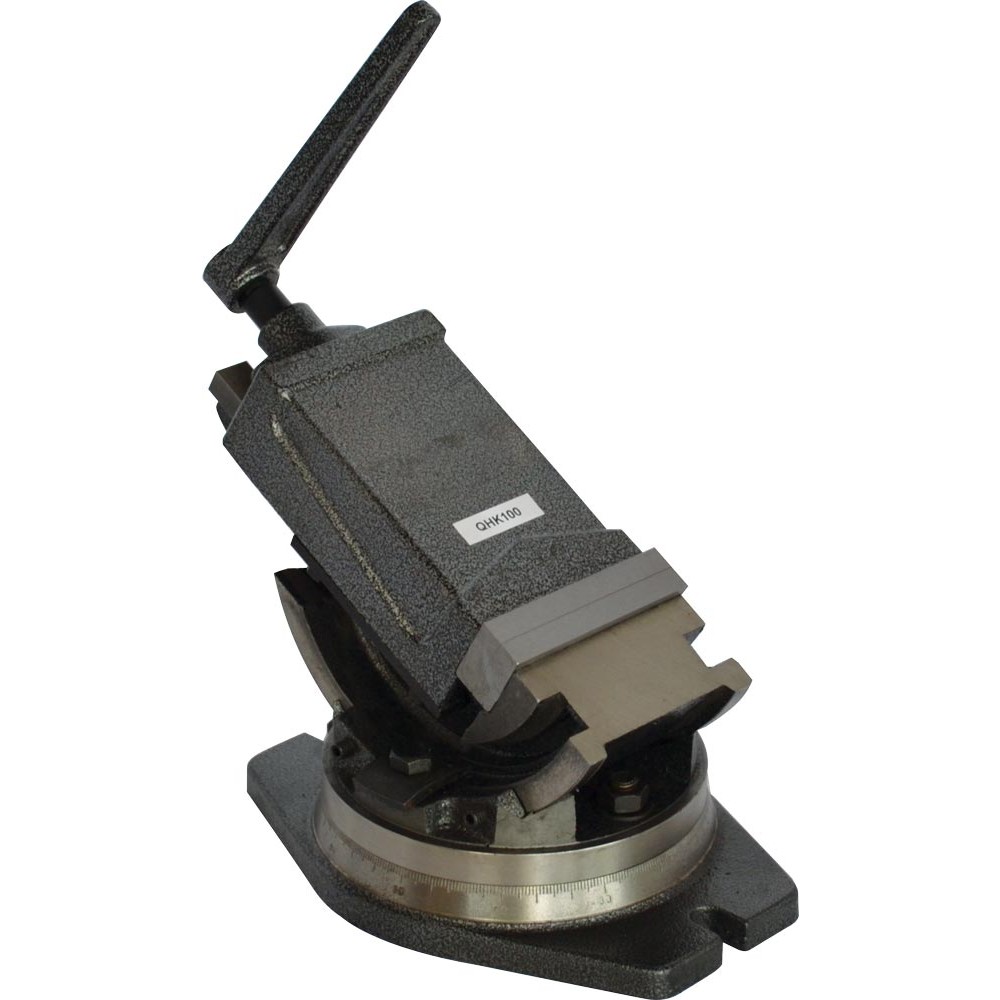
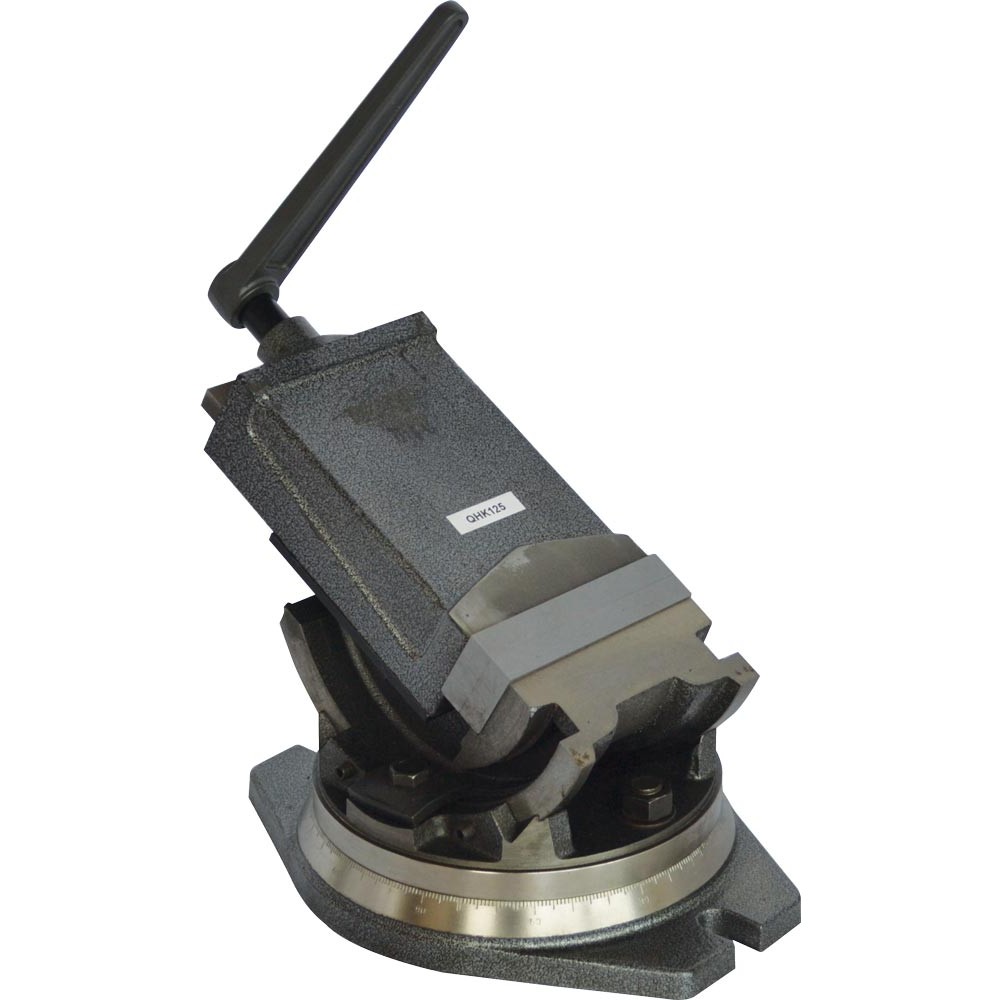
_zkmmzopp1k.jpg)
